| Skimming through Maurice Bessy's Histoire du cinéma en 1000 images (Hachette 1962) I was very surprised to come across the photograph of Musidora, above left. Not so much because she is naked - she reputedly often received guests at her home in that manner - but because I couldn't imagine what film it could be in which she appeared thus. |
I know her, of course, as the 'unforgettable Irma Vep', even if Bessy's memory of her wearing the famous black silk outfit throughout Les Vampires is faulty. She only wears it in episodes five and six:
In the course of Les Vampires Musidora wears - if I have counted correctly - thirty-two different ensembles, only seven of which are disguises:
At no point in Les Vampires is she naked. In Judex (1917) she does undress, but only down to a swimsuit:
Counting the swimsuit, her outfits in Judex total 21:
Not enough of Musidora's films survive for a trawl of them to uncover the source of the image with which this post began, but a chance browse through the pages of Louis Delluc's journal Cinéa has obviated that need. This is from the issue dated August 10 1921:
The page is presented without context, but this is clearly not from any film. Musidora's hand-written comment reads: 'You must be photogenic from feet to head. Then you are allowed to have talent.'
The context of her remark is the journal as a whole, for which photogénie is the guiding philosophy, be it through the theoretical writings of Jean Epstein or competitions to find the most photogenic reader. 'Le Sens 1 bis', an essay from July 1921, gives the tenor of Epstein's views:
| If you like, yes, cinema is an art. But in that case it is the first, incomparably first in aesthetic quality and force, first because it is the only art that is mechanical, automobile. It absorbs women, cars, pain, kisses and cavalcades: having chewed up all this in its workings, and digested it with chemical juices, it delivers, like amber from pine trees, photogénie, a beauty that belongs to the cinema alone. |
For the first time, the image-capturing apparatus presents a subjectivism and a subjectivisation that are mechanical, automatic, inorganic, neither living nor dead, controlled by the camera-crank, outside of man.
| The terms photogénie and photogénique recur constantly in the journal's film reviews, qualifying not only actors (both male and female) but also spaces, objects and animals, actions and gestures, scenes and plots. Under the heading 'Cinéa makes films with its readers', the photogénie competition invites subscribers to send in a photograph. The 25 most photogenic readers are guaranteed a role in the first Cinéa film production. (I have no idea if such a film was ever made.) |
Musidora's 'photogénie first, talent after' comment reads like irony-tinged advice to would-be film stars.
The nude photo is certainly not her only appearance in Cinéa. As well as photographic portraits and film stills there are caricatures, including two by her own hand:
The nude photo is certainly not her only appearance in Cinéa. As well as photographic portraits and film stills there are caricatures, including two by her own hand:
Musidora is also one of the answers in Cinéa's 'Whose Eyes Are These?' competition:
(The answers are at the bottom of this post.)
In Delluc's serialised novella 'Chagrine, demoiselle photogénique', the heroine refers to Musidora's photograph and quotes her comment: 'Musidora is photogenic from head to foot. I've seen her completely naked in a photograph but not at the theatre, and she hasn't invited me to her house' (Cinéa 94, 15.6.1923). The association of Musidora's nudity with photogénie matches a recurrent preoccupation in Cinéa. In an essay on Charlie Chaplin, Delluc writes of Mack Sennett that he has, 'consciously or not, given some remarkable pointers for that chapter of photogénie that will one day be substantial: the nude in cinema' (Cinéa 9, 1.7.1921). In September 1922, under the heading 'le nu photogénique', Cinéa published a candid photograph of one of Mack Sennett's bathing beauties, caught having gone swimming without a costume. Earlier, in March, a different photograph from that same moment had illustrated an essay by Lionel Landry on 'le nu au cinéma':
The year before, Landry had published a piece called 'Pour le nu photogénique', with these illustrations:
These are the other illustrations for Landry's 'Le nu au cinéma':
These and similar images in Cinéa give a kind of context to Musidora's nude photograph, but there seems to me a difference between these displays and Musidora's self-presentation of her photogenic nakedness. She has bypassed the conventional photogénie of the semi-naked beauties assembled in the pages of Cinéa. I think this is the only fully naked photograph, of anyone, in that magazine:
Here, to close, are some other images of Musidora currently littering the internet:
Here are the answers to the 'Whose Eyes Are These?' competition:
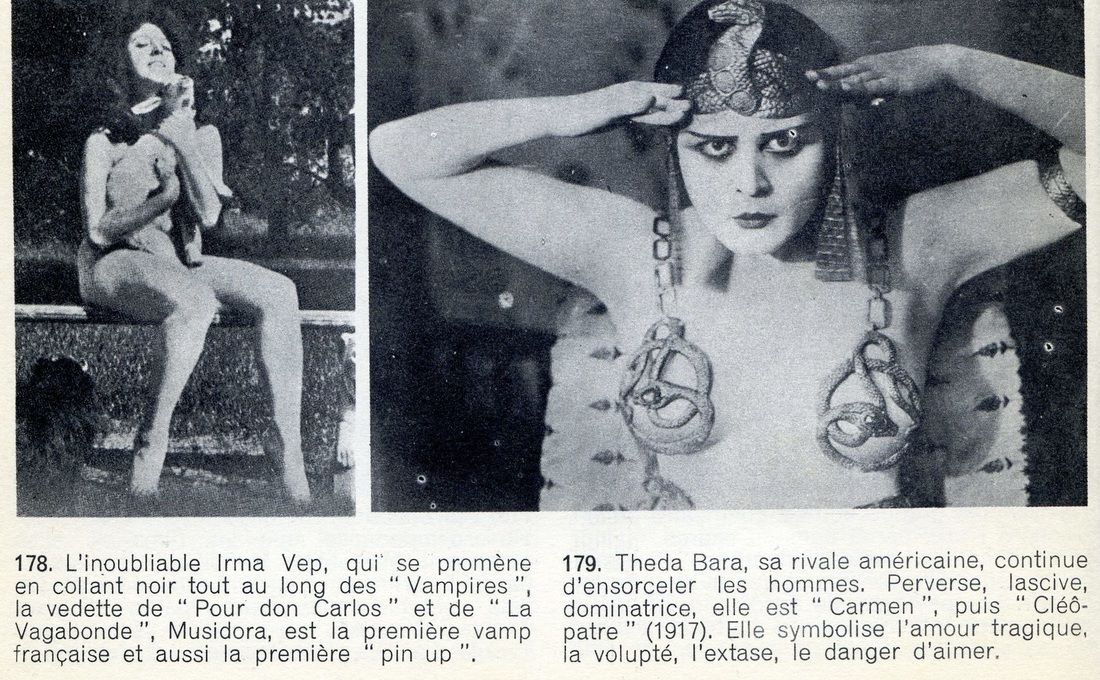
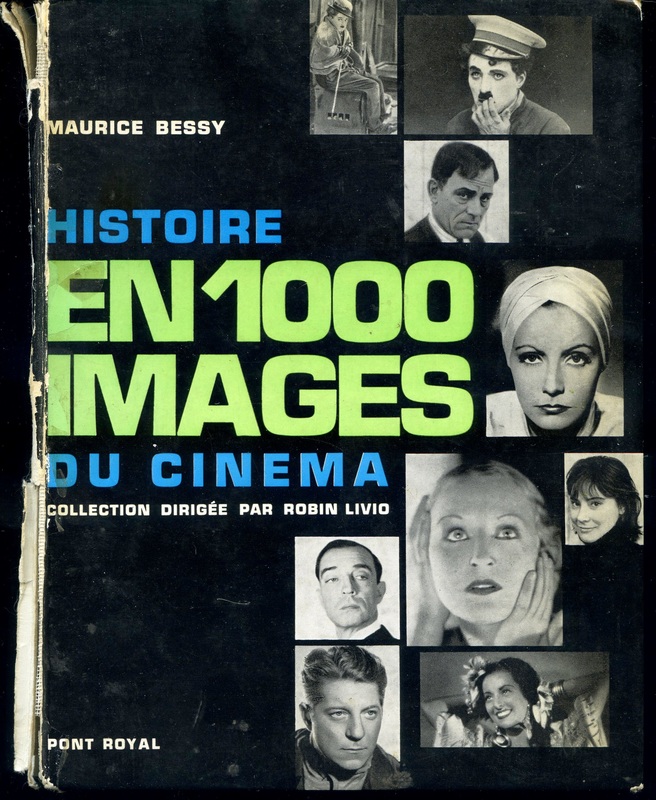
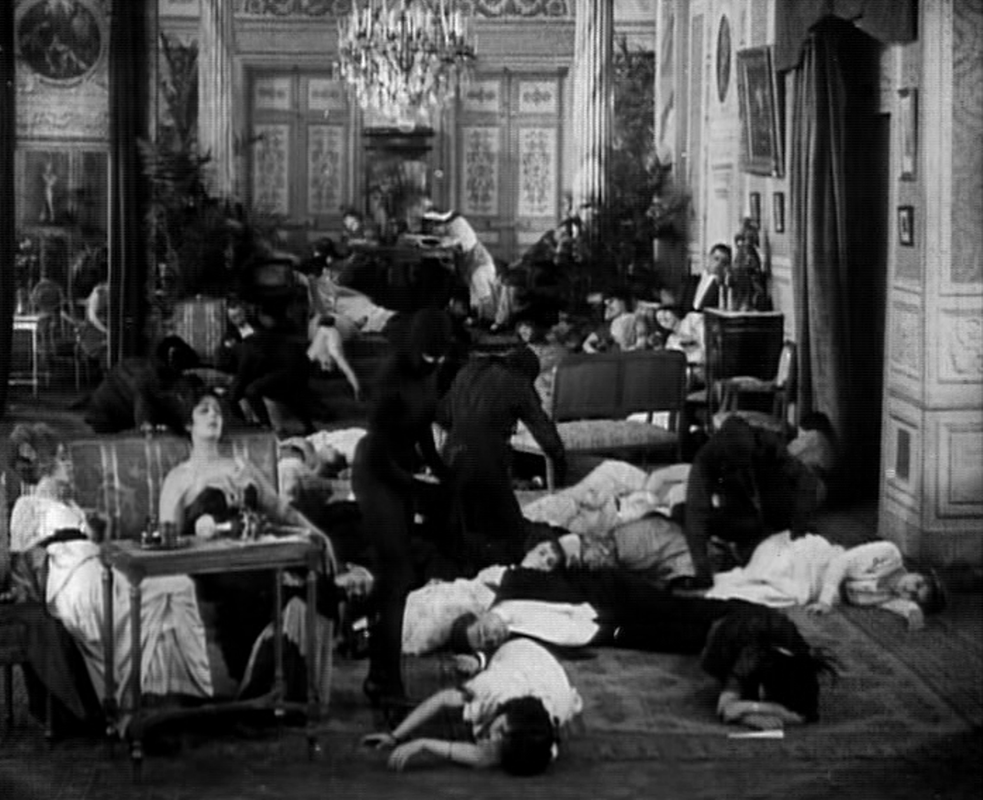
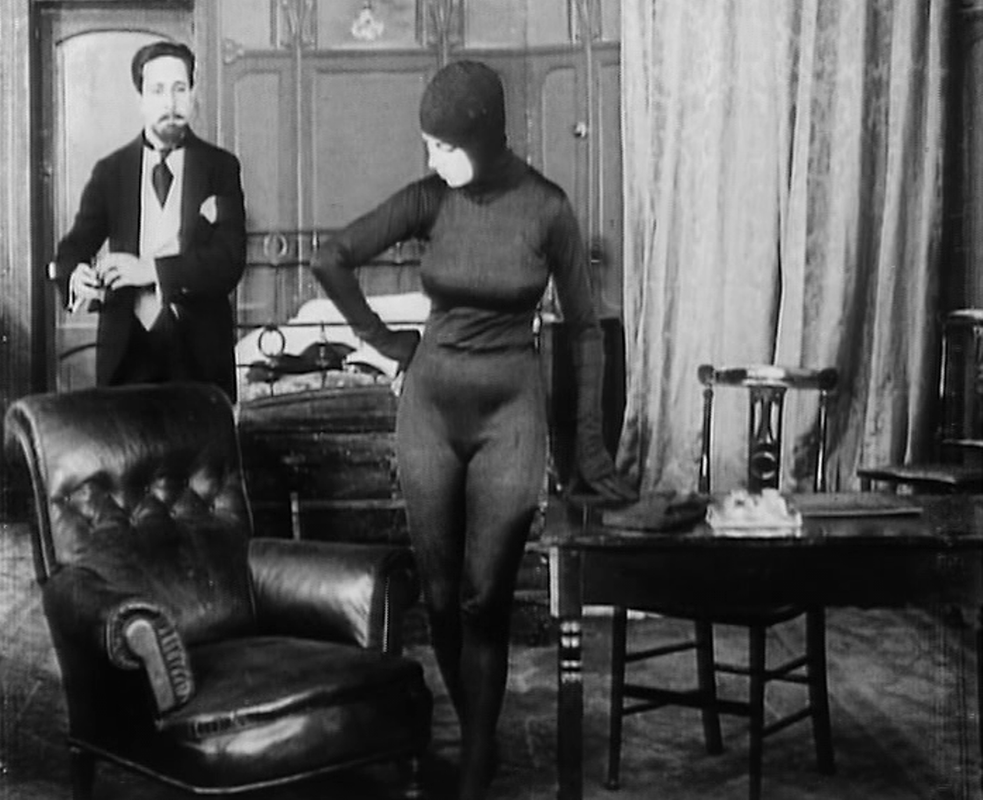
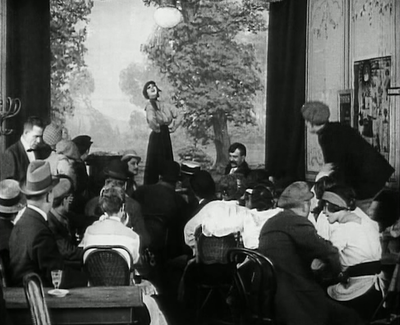
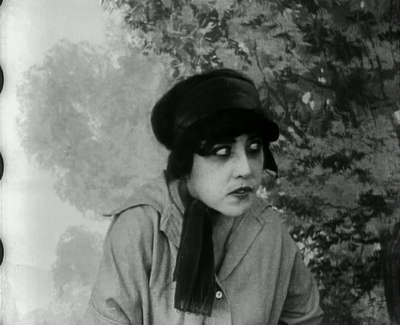
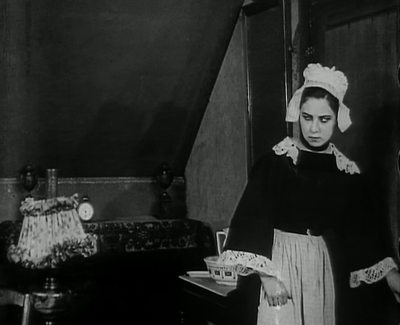
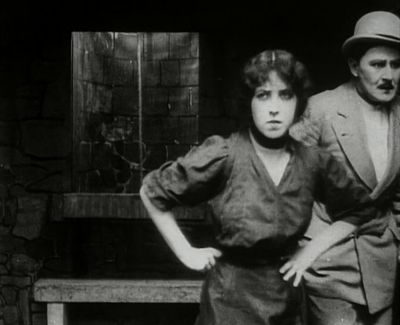
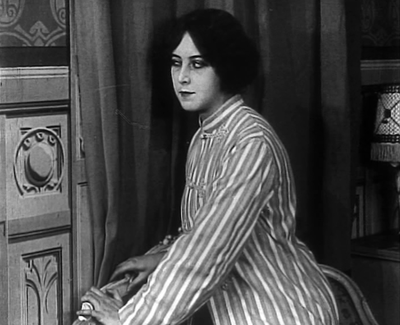
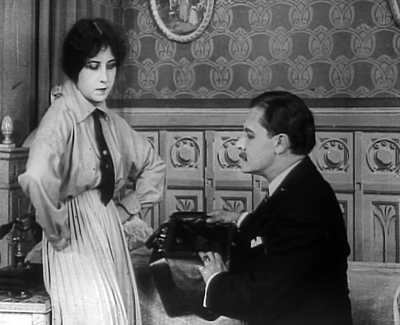
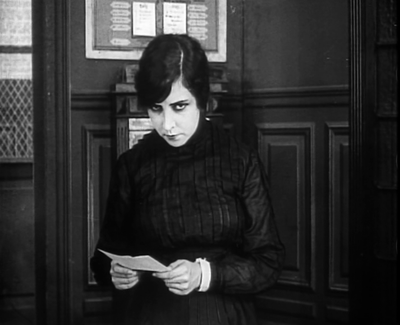
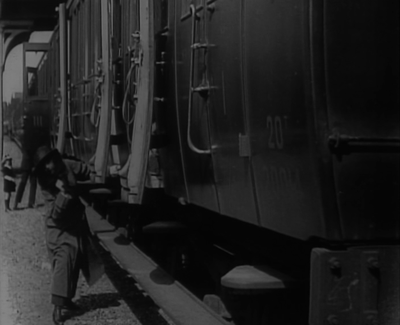
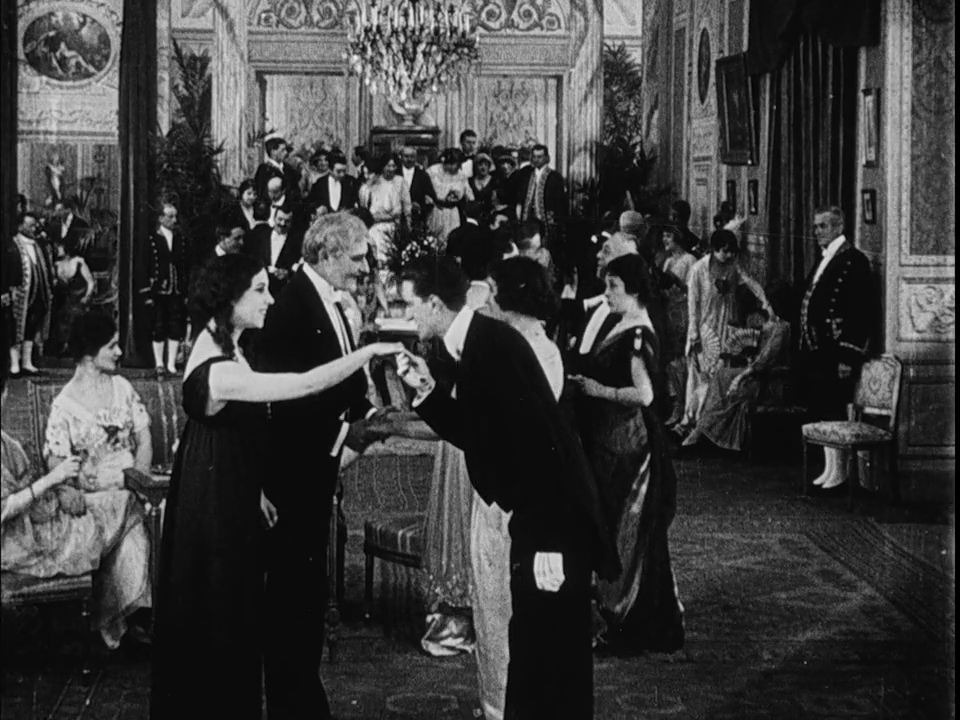
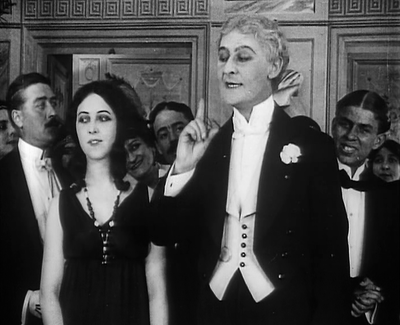
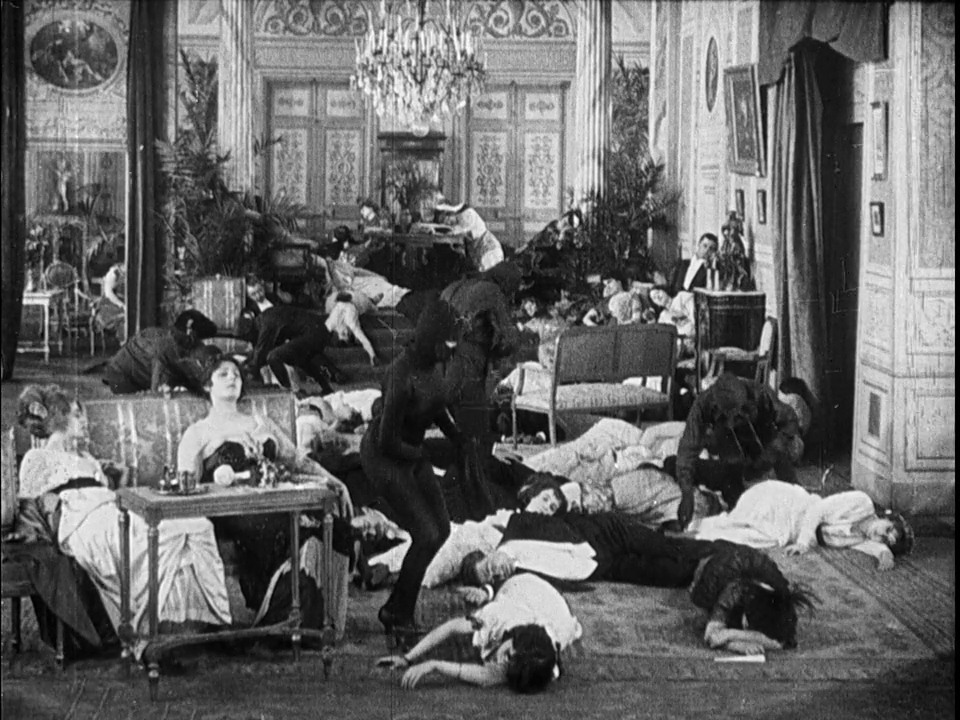
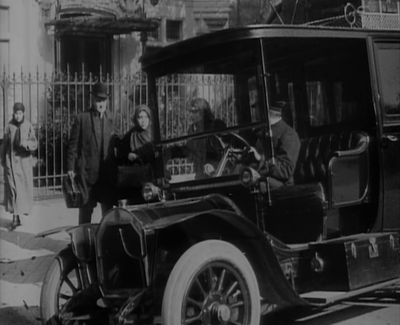
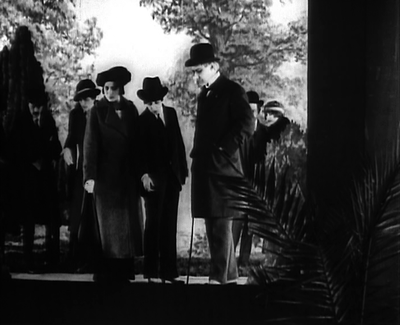
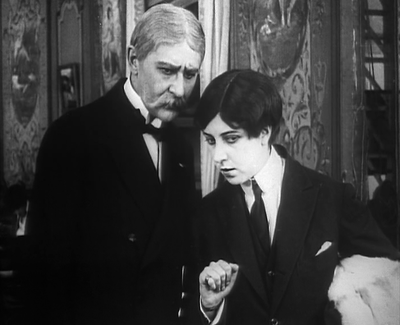
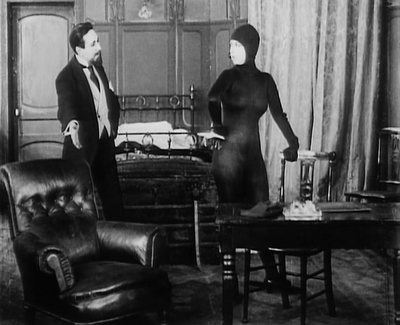
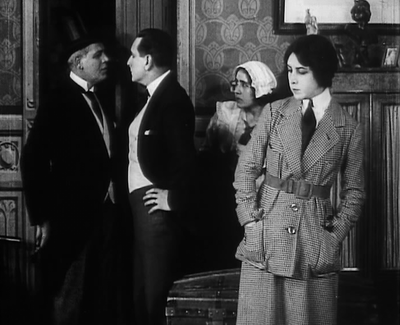
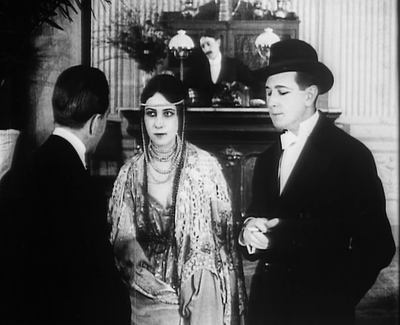
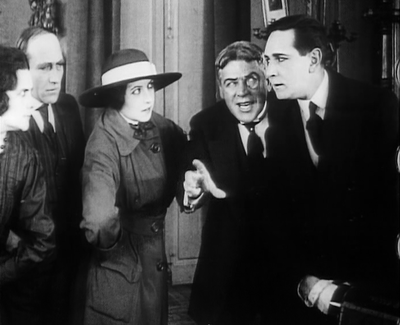
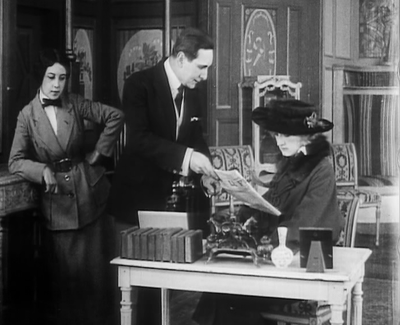
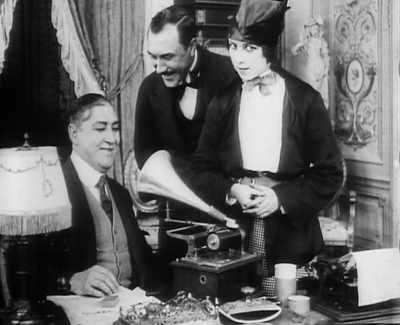
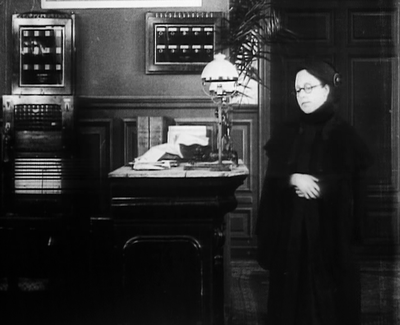
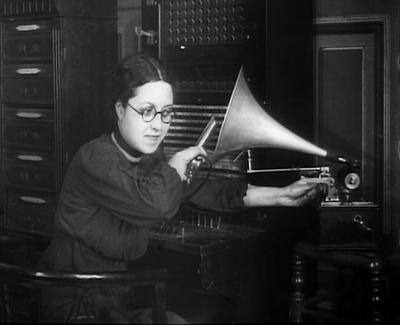
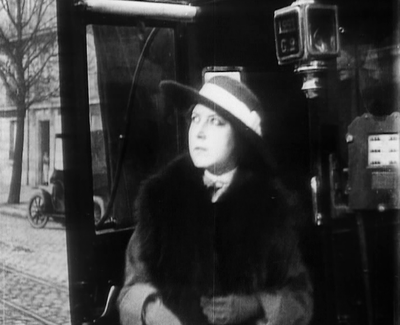
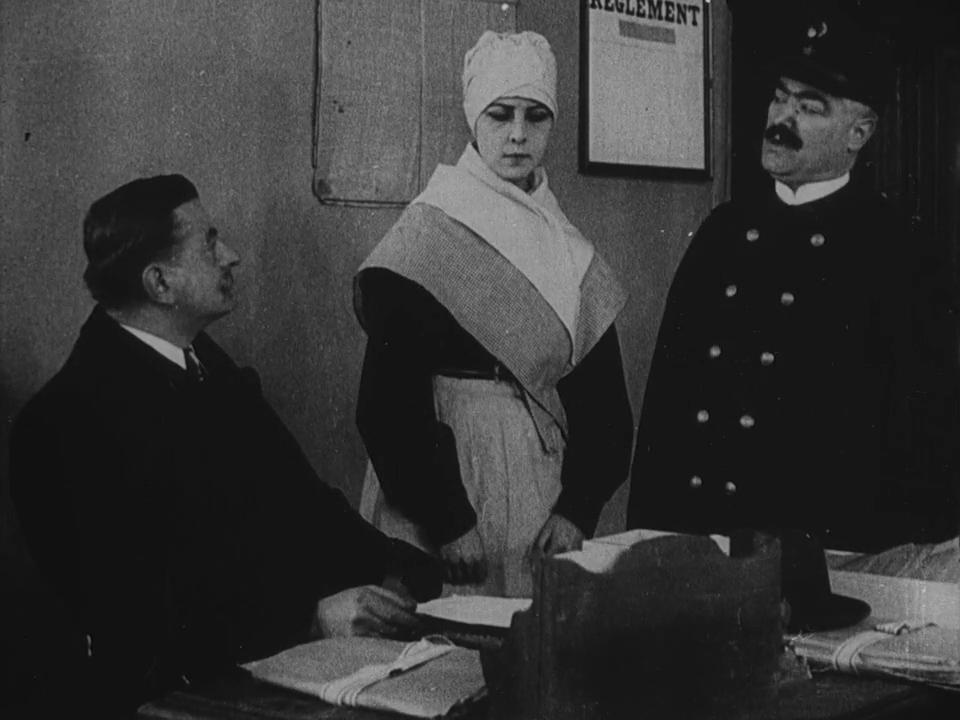
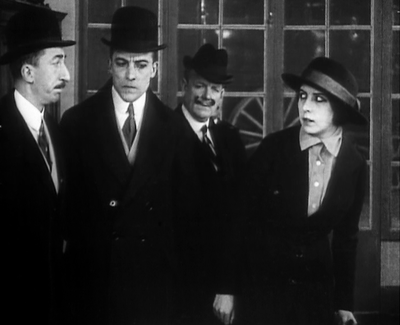
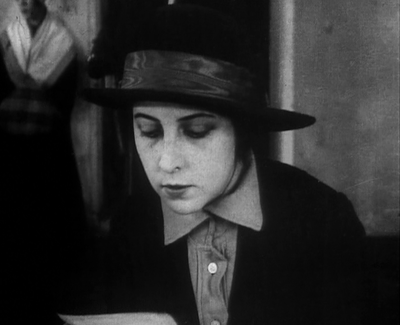
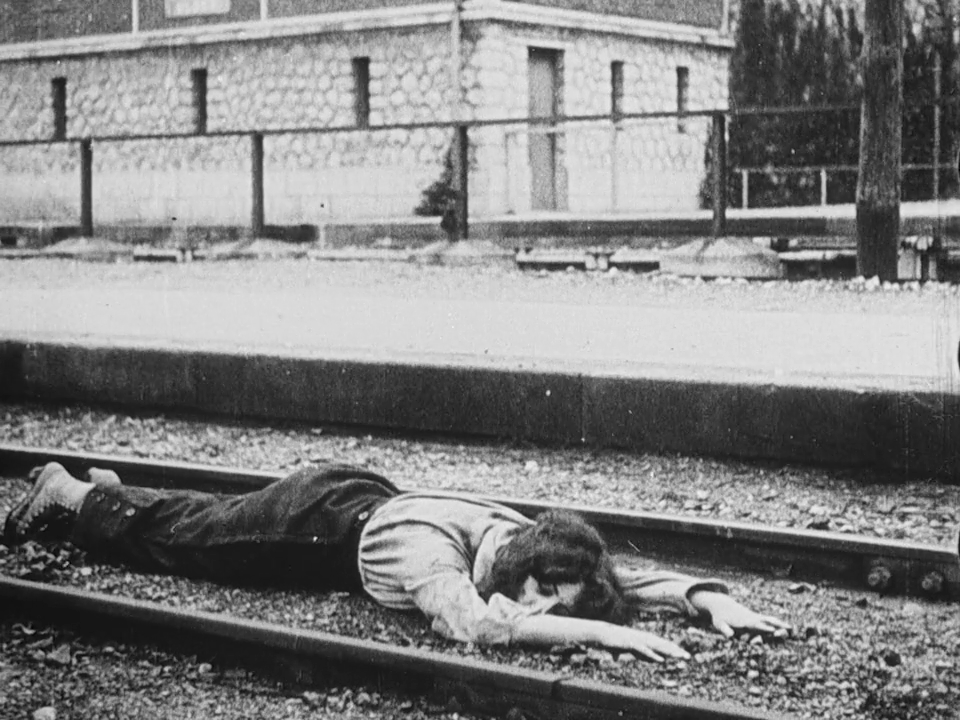
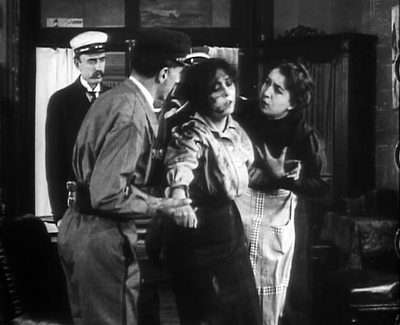
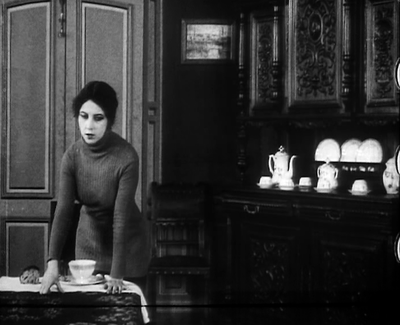
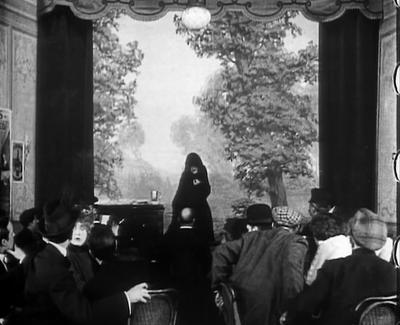
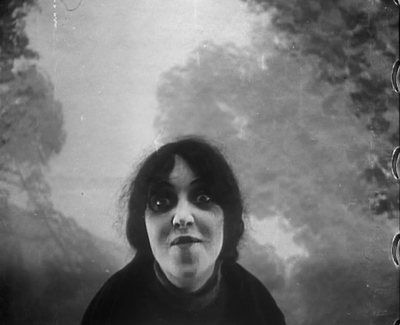
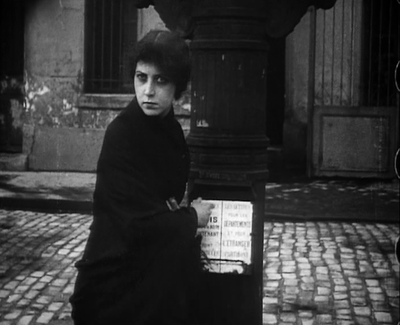
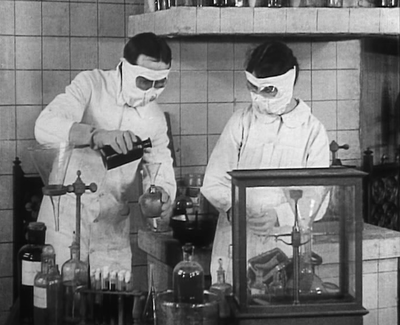
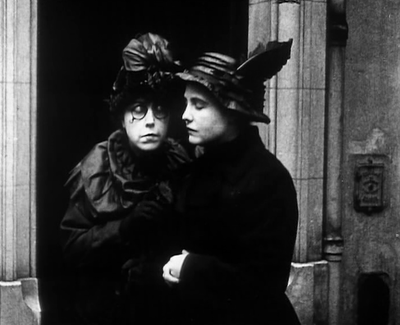
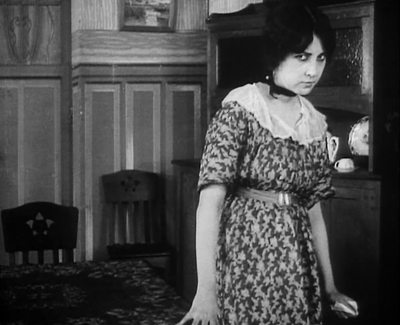
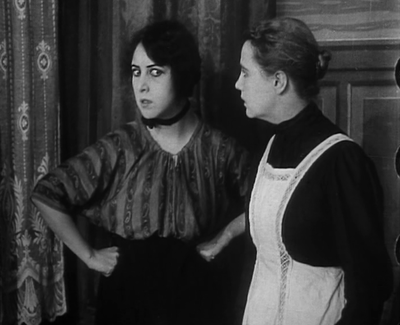
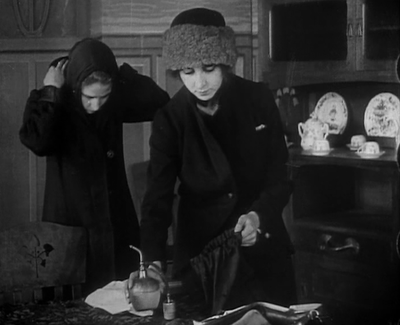
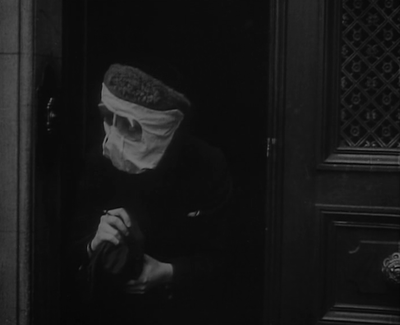
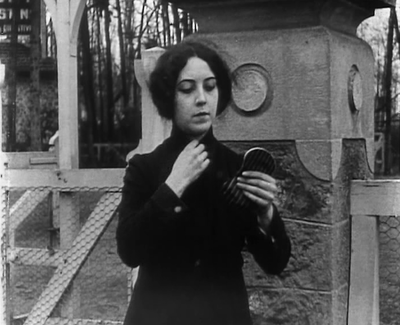
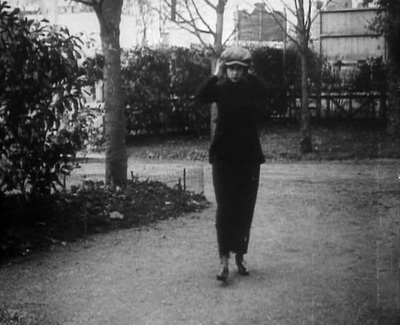
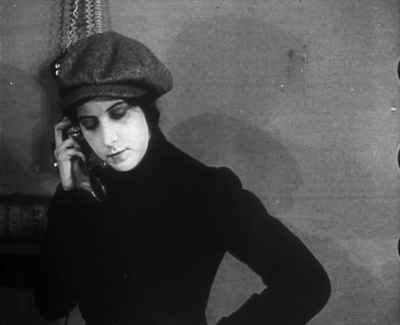
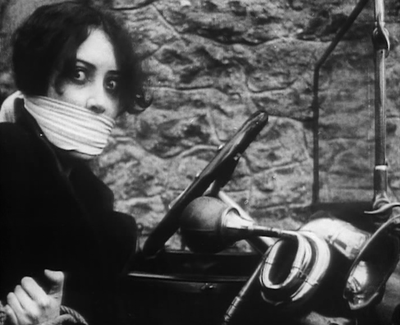
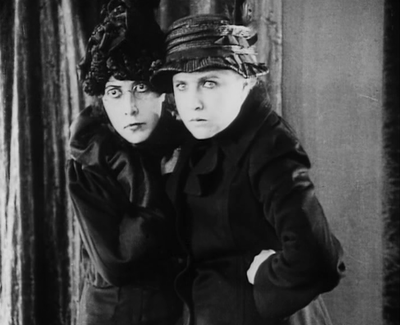
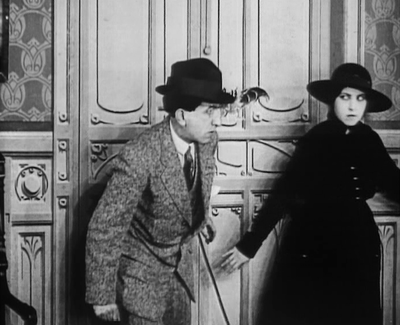
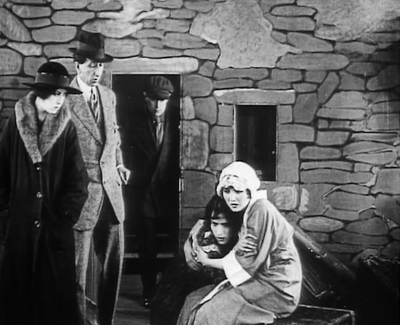
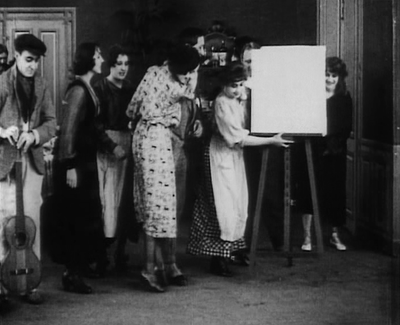
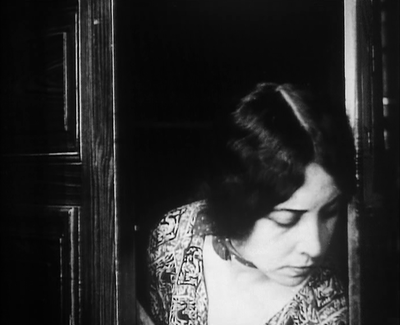
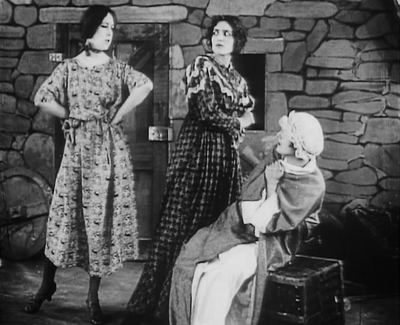
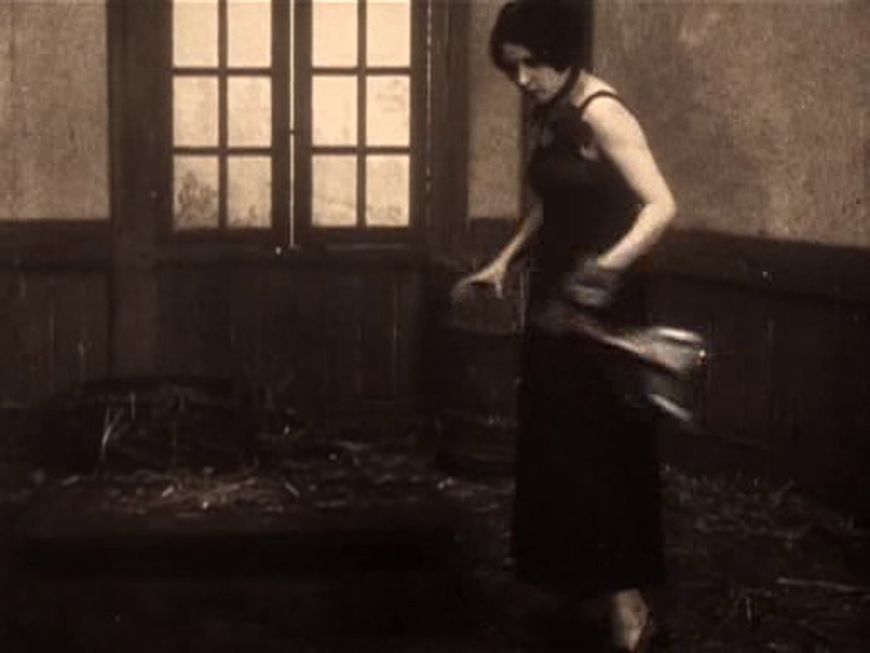
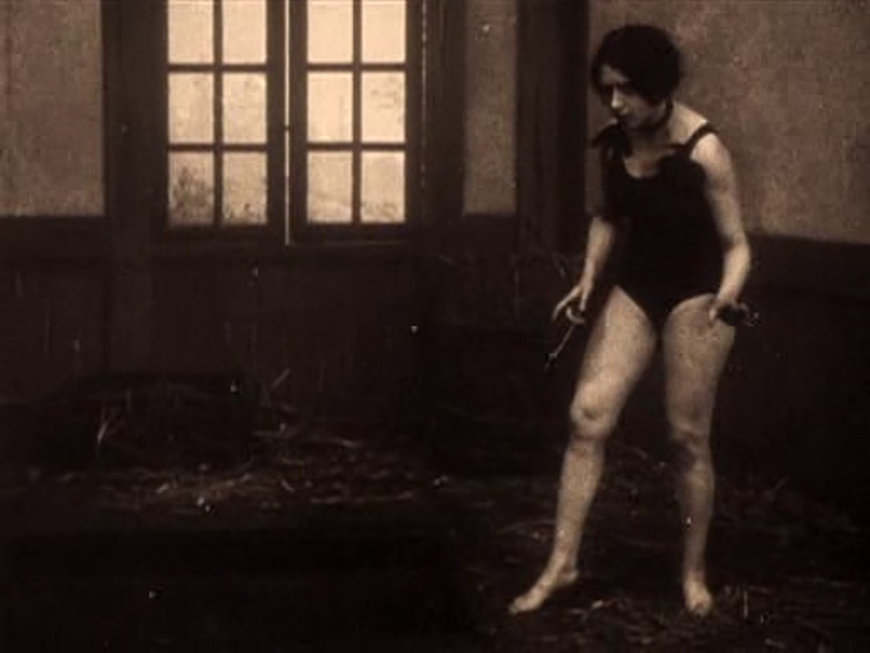
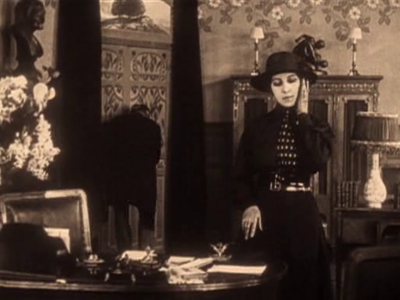
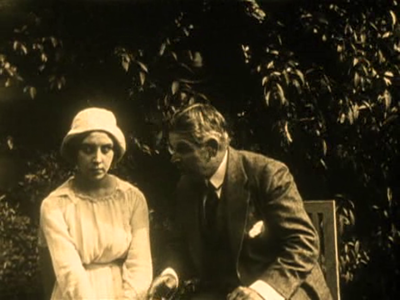
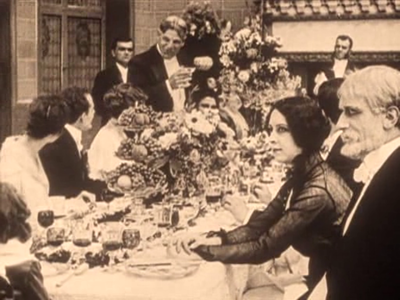
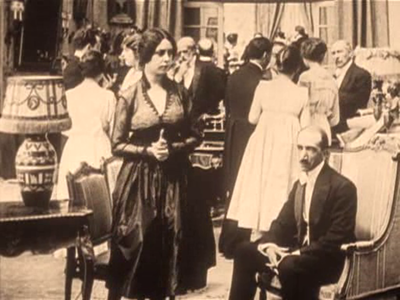
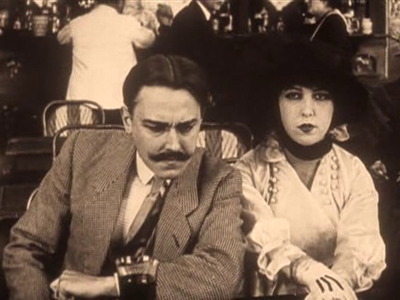
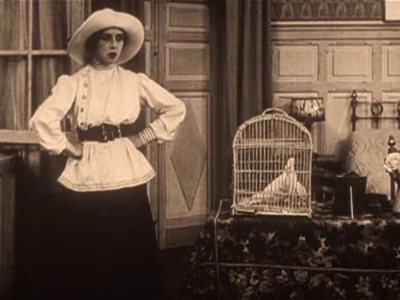
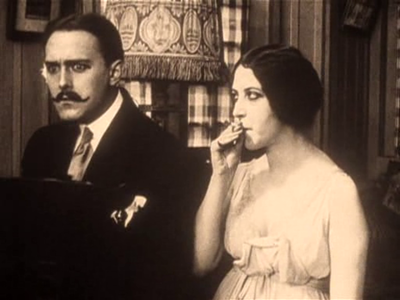
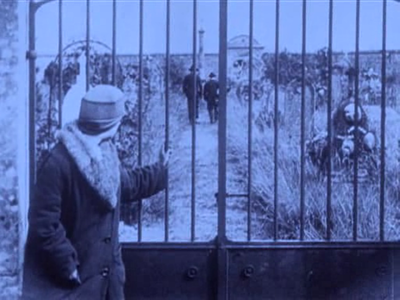
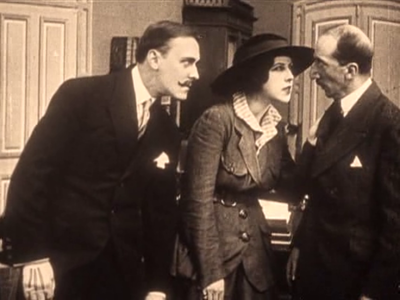
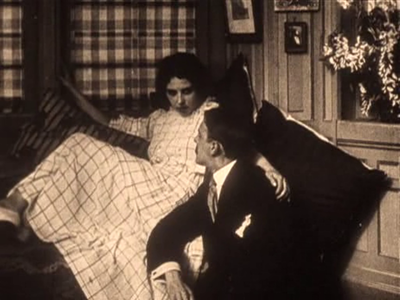
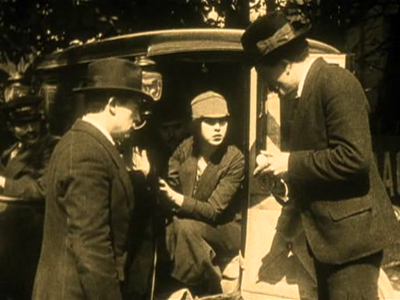
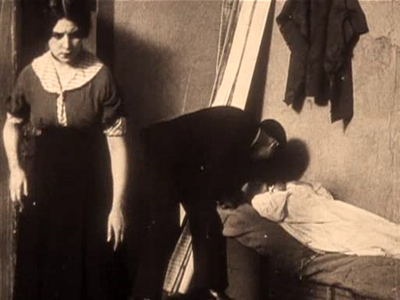
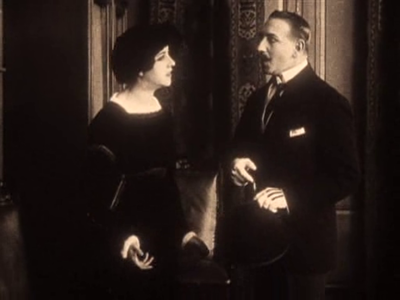
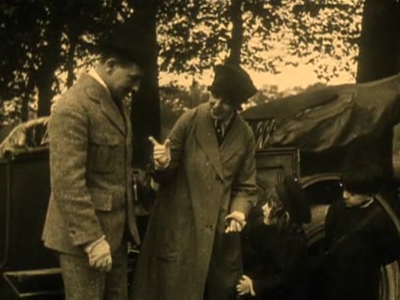
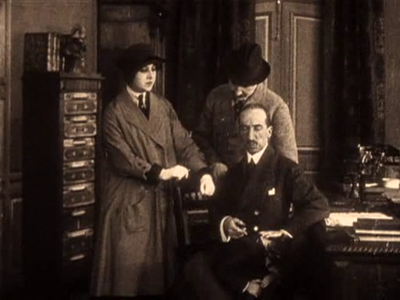
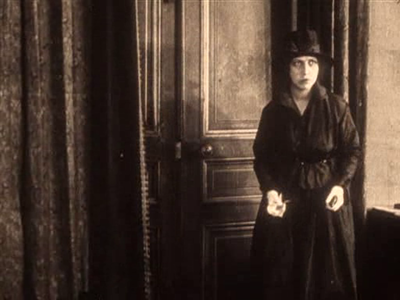
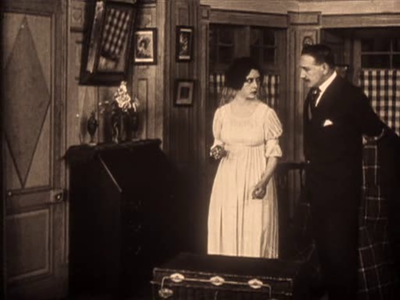
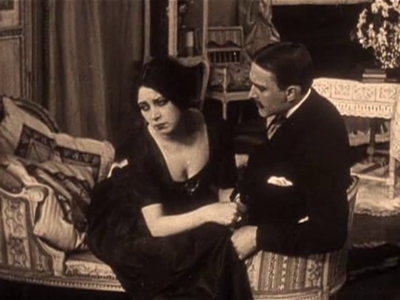
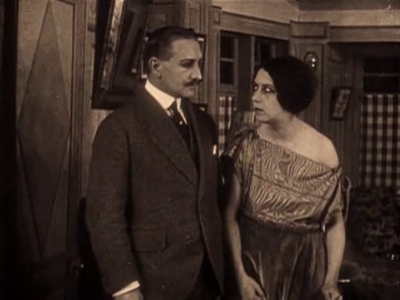
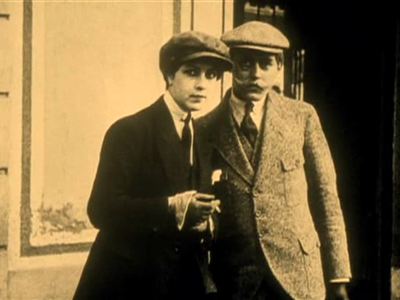
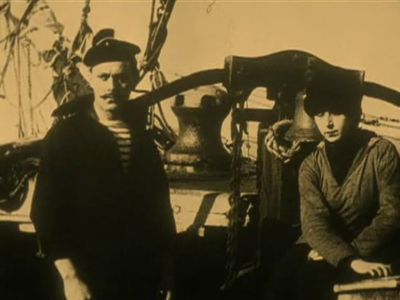
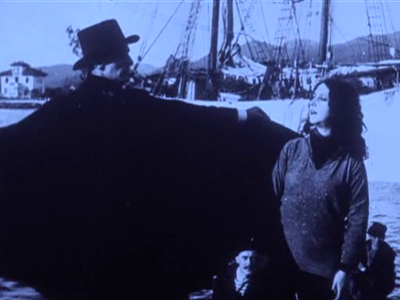
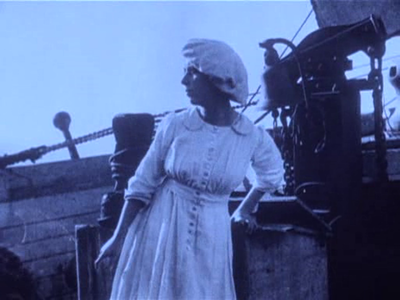
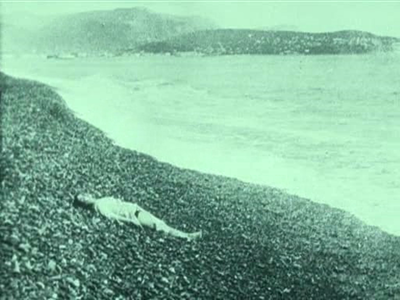
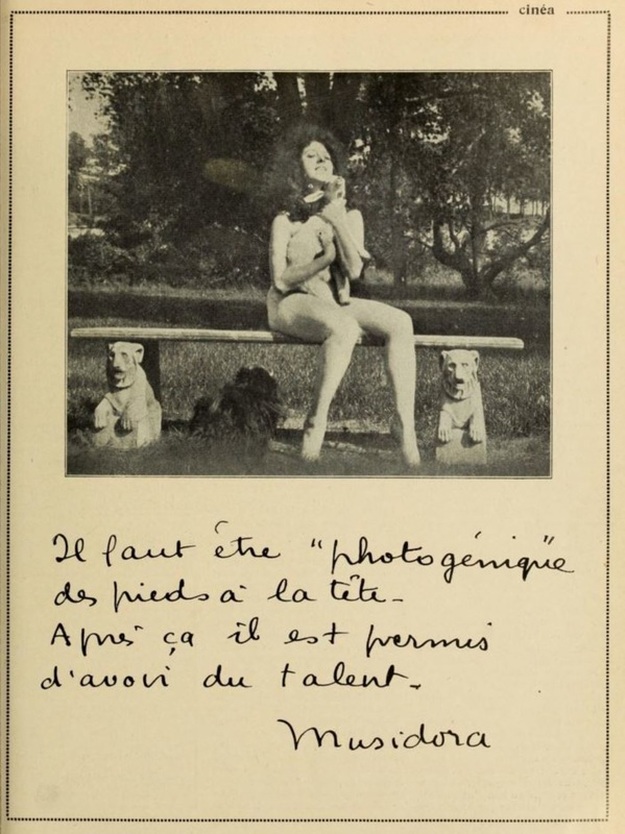
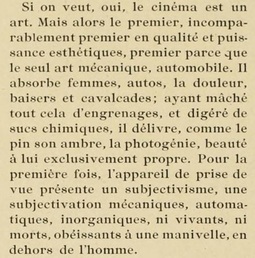
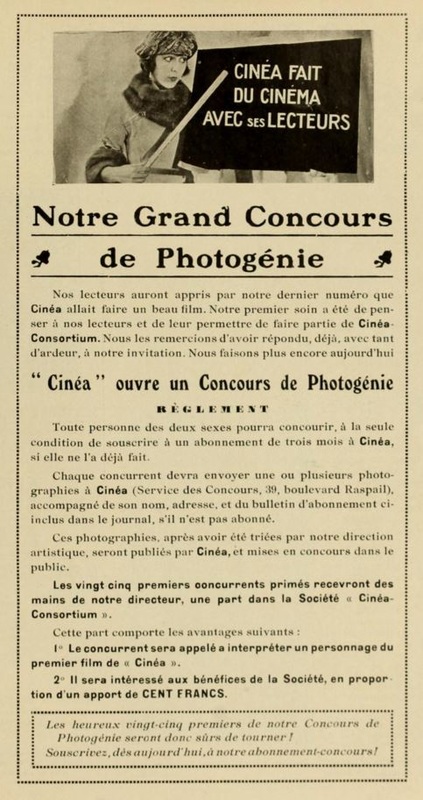
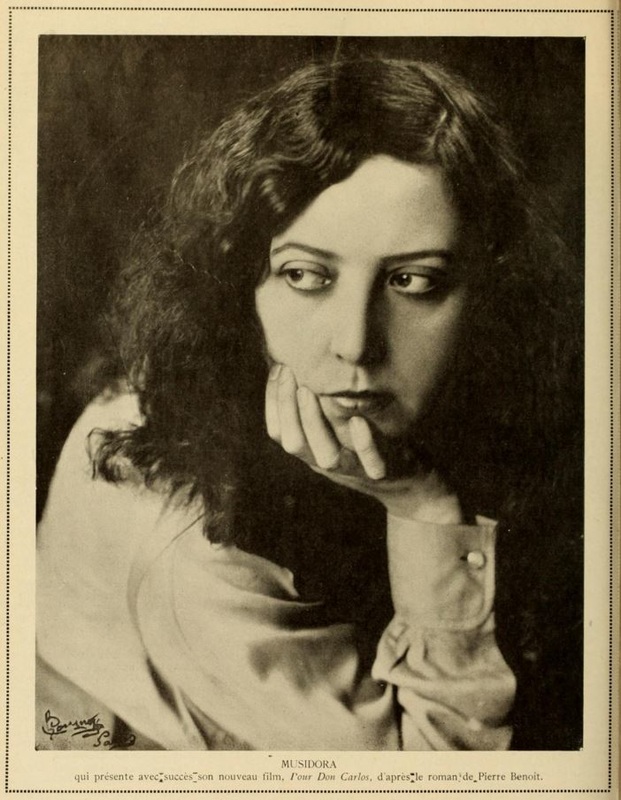
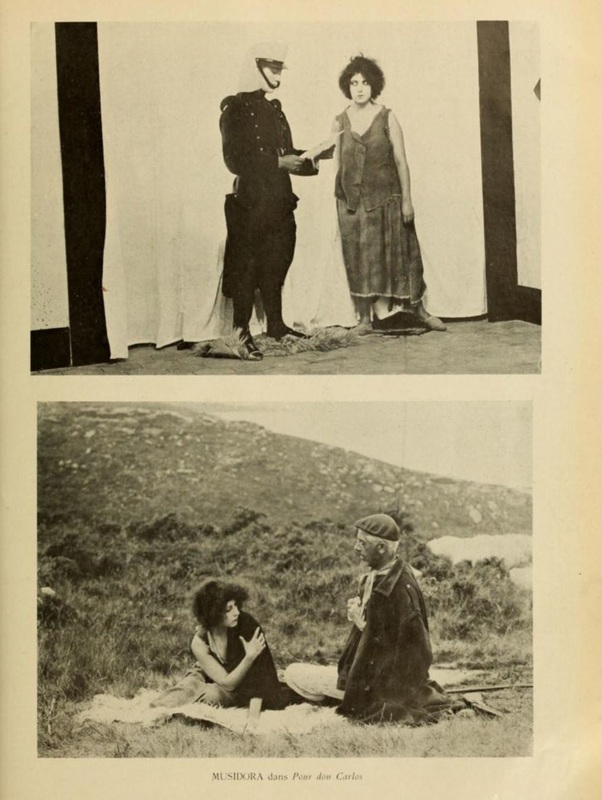
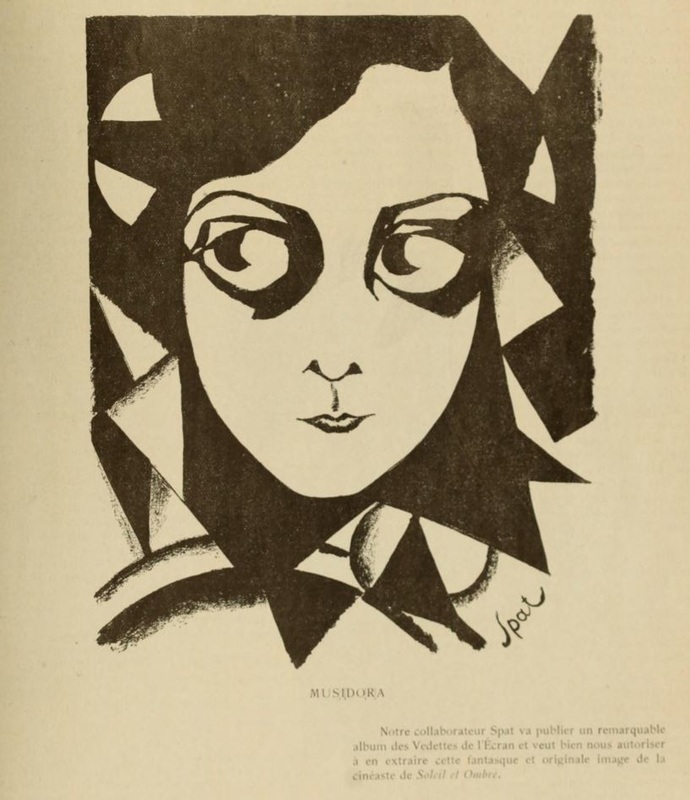
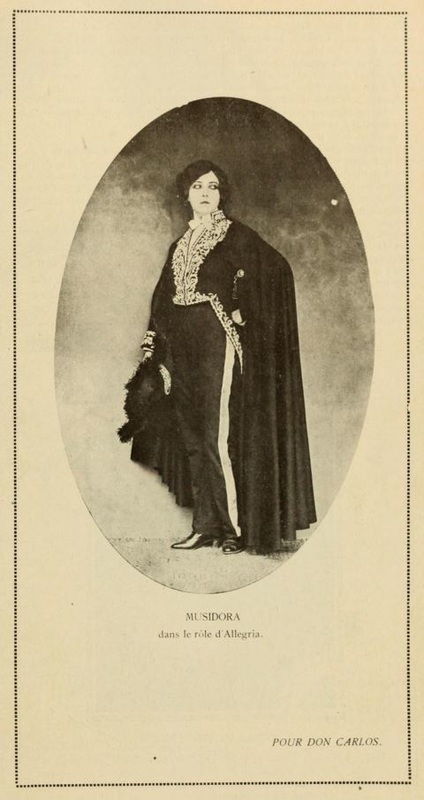
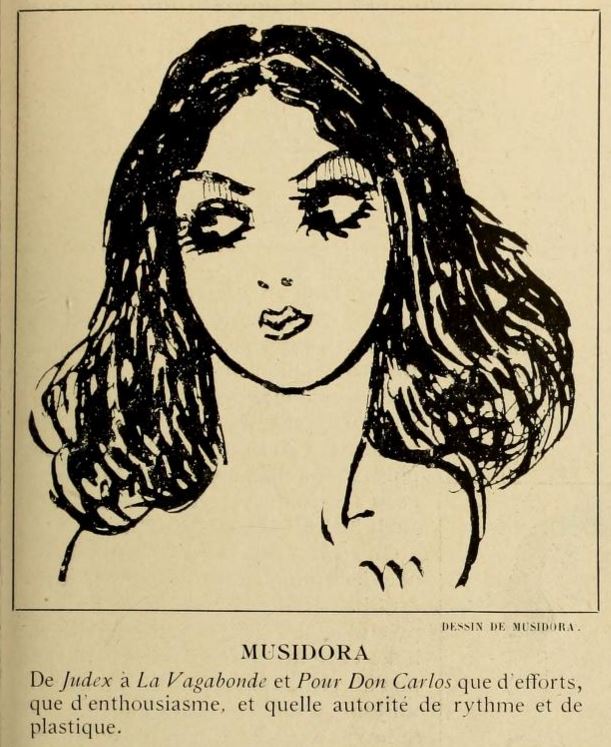
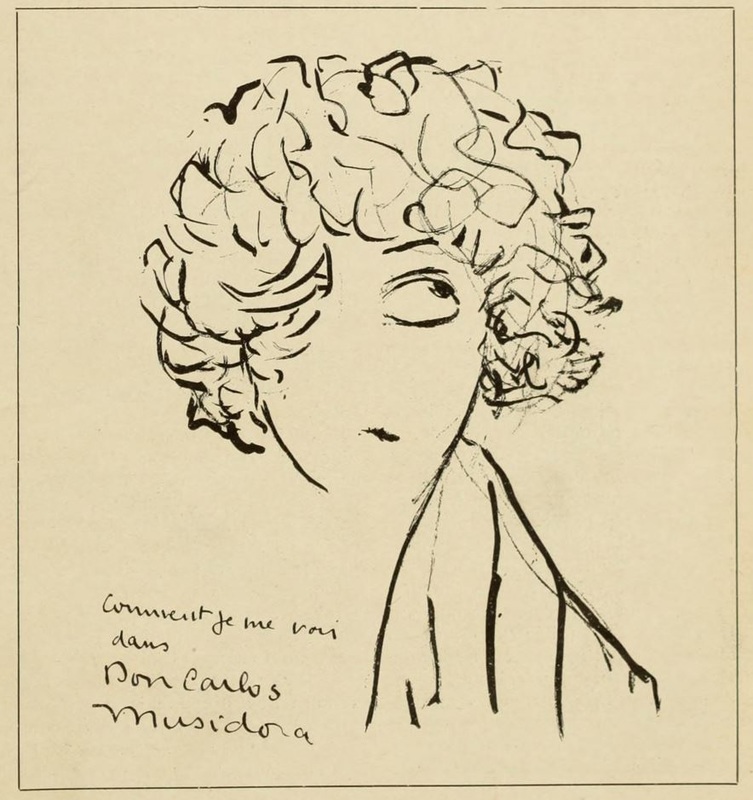
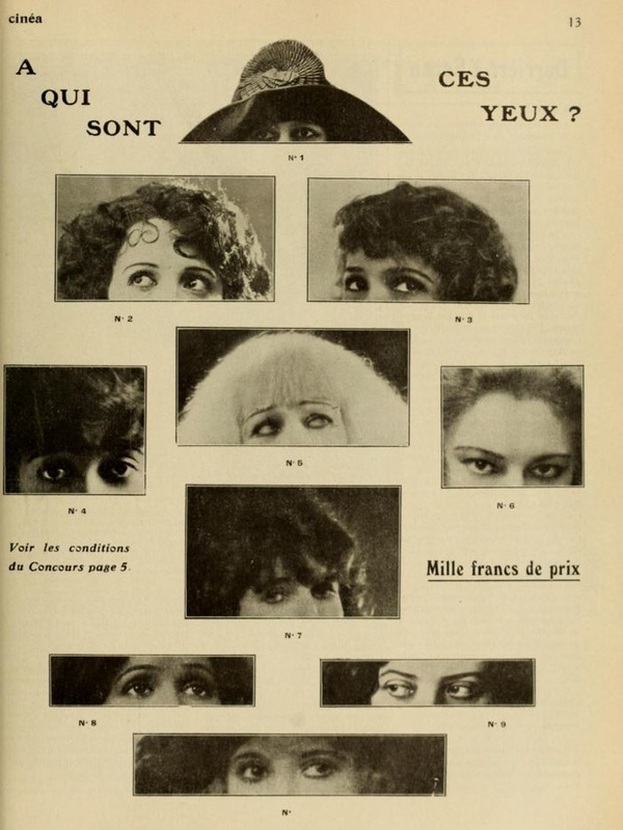
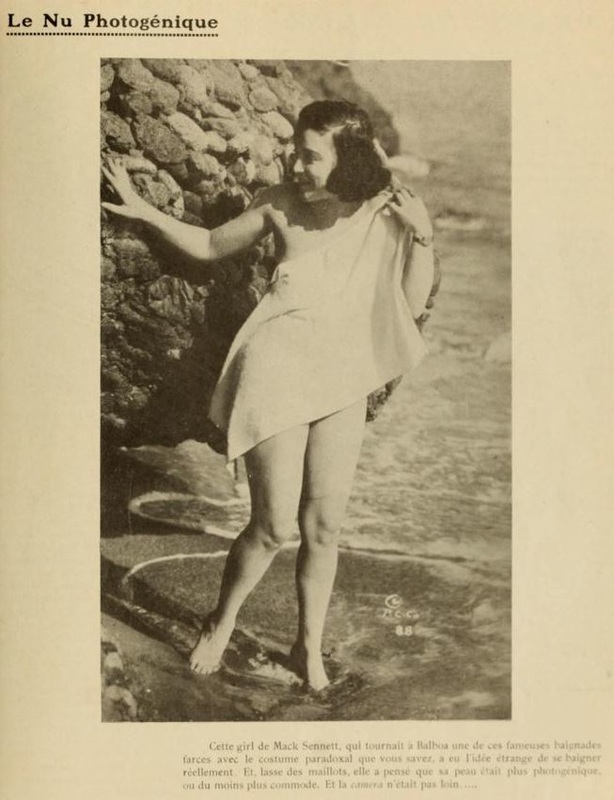
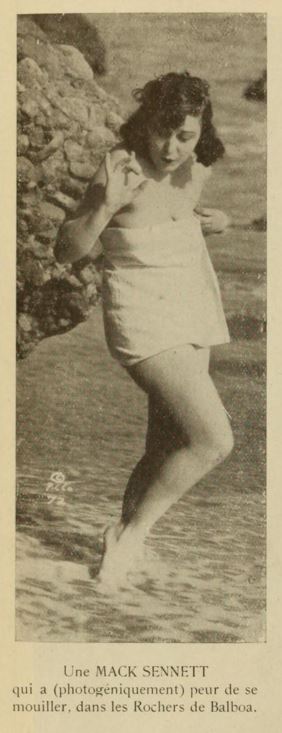
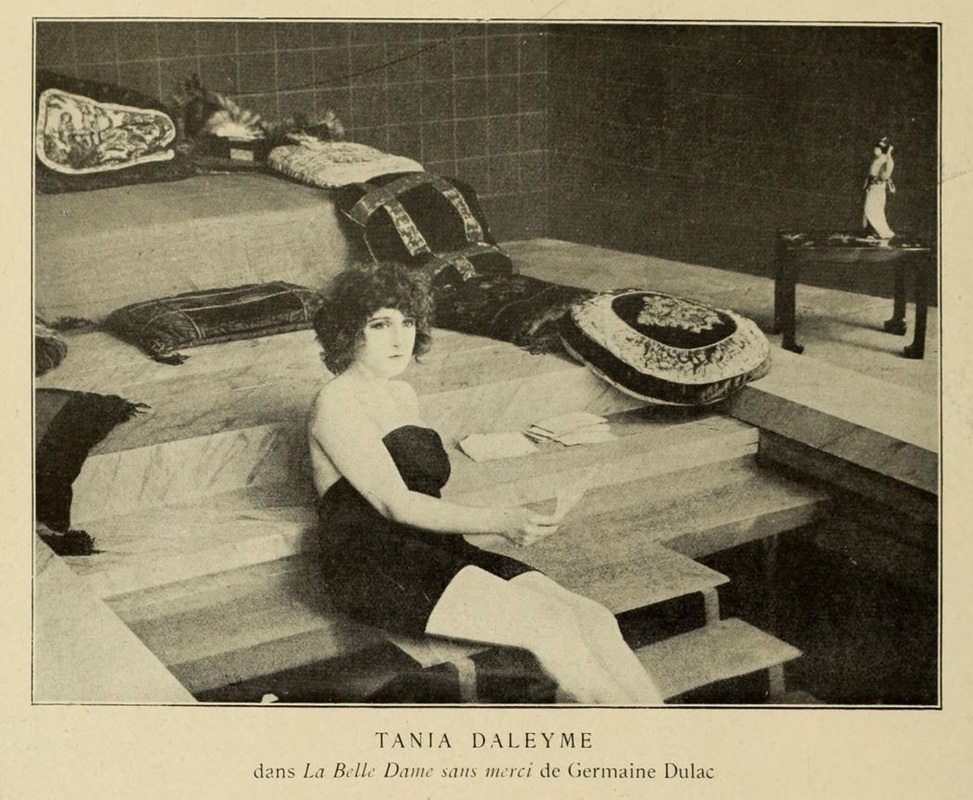
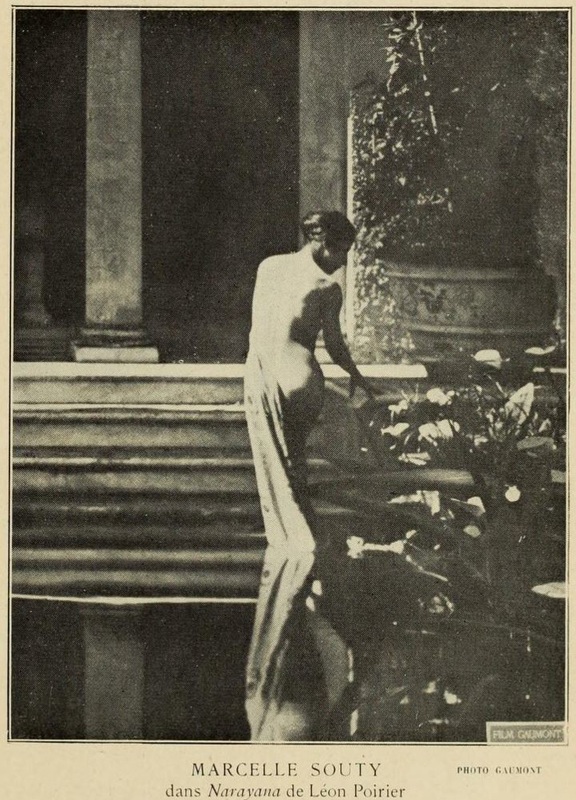
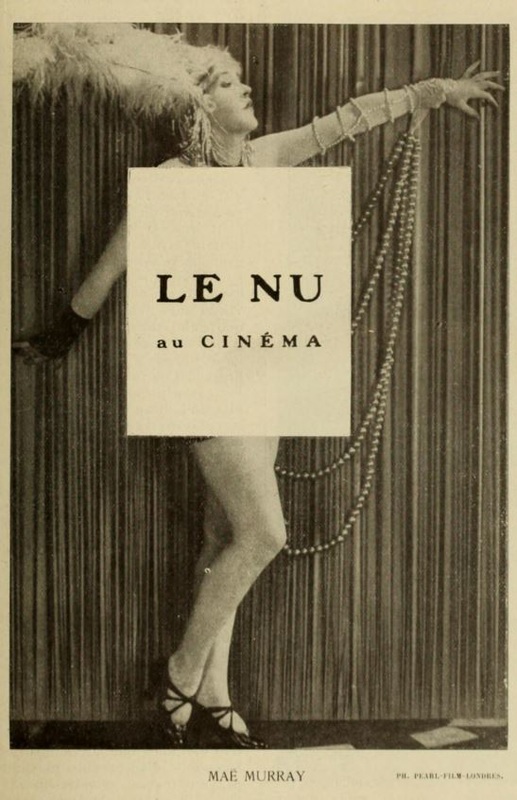
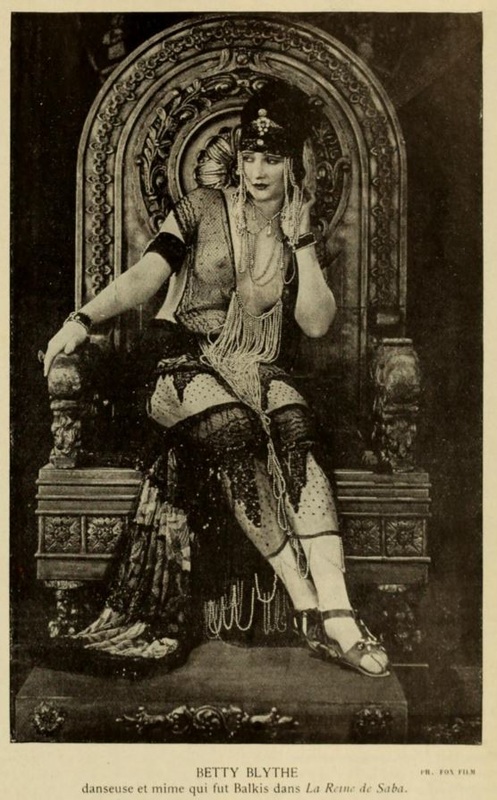
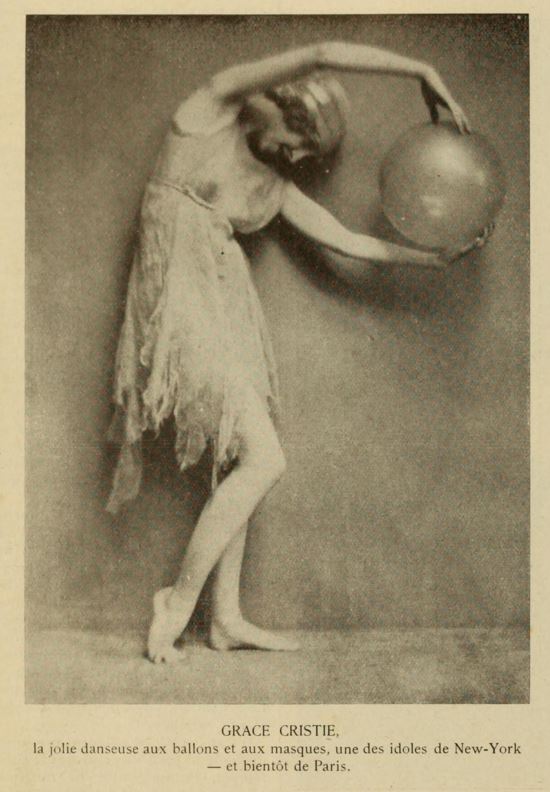
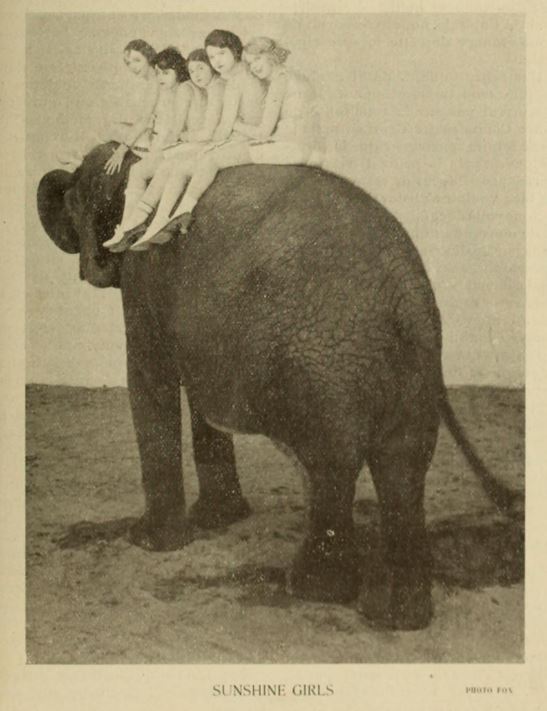
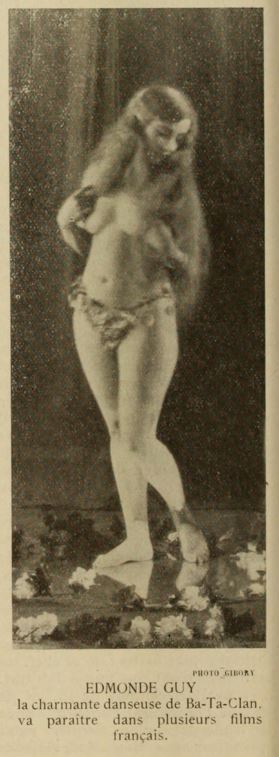
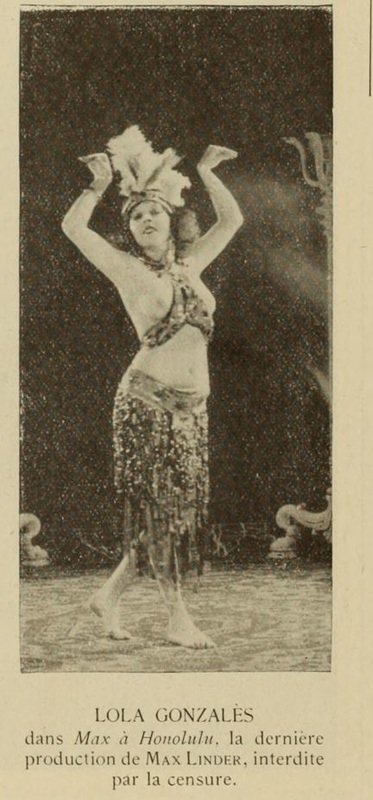
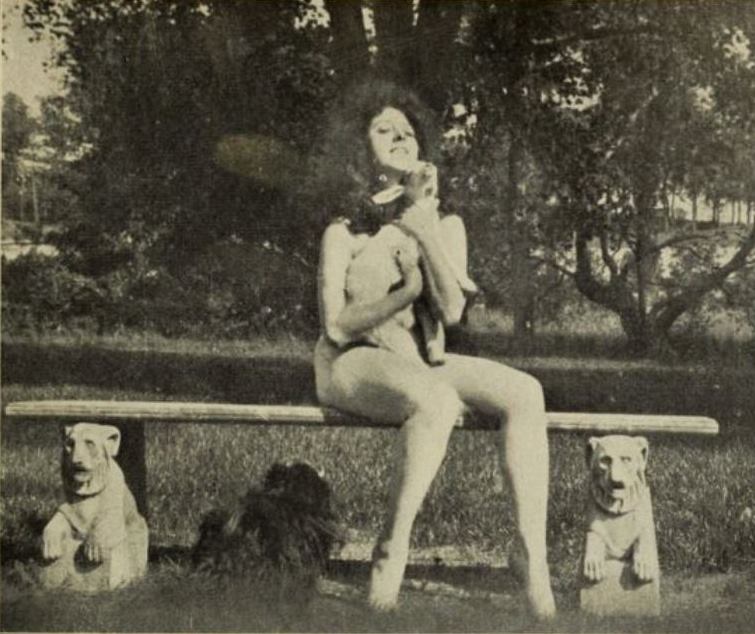
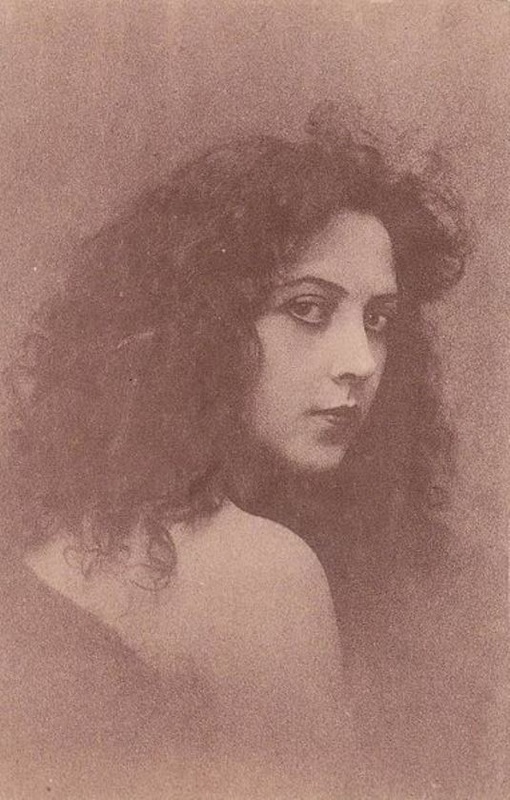
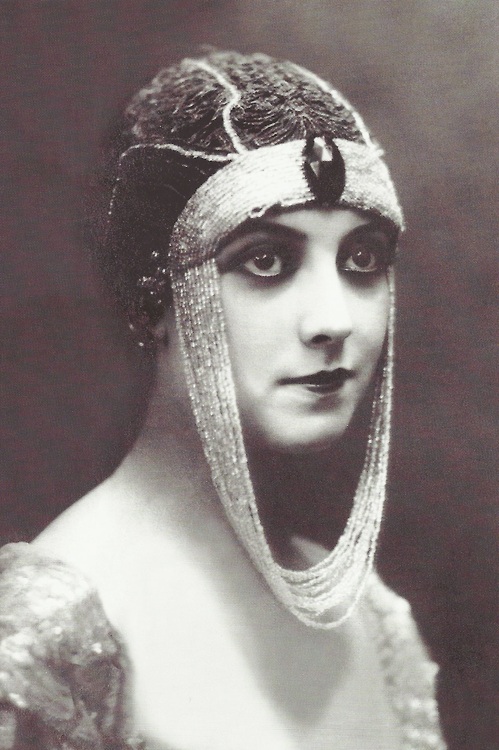
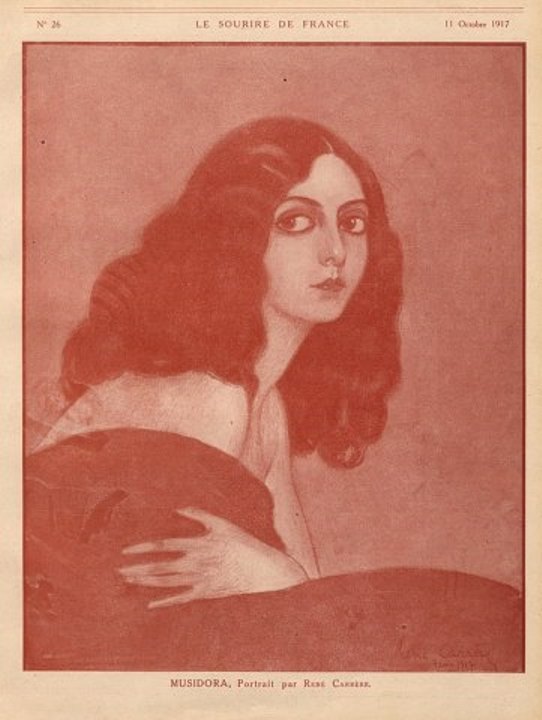
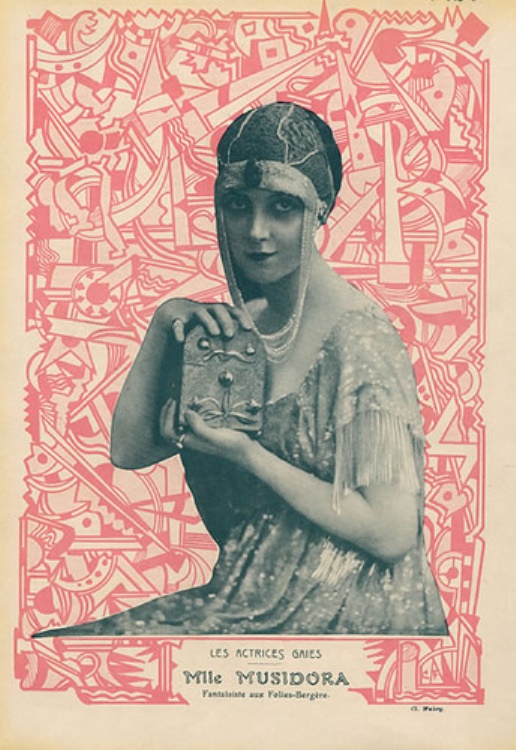
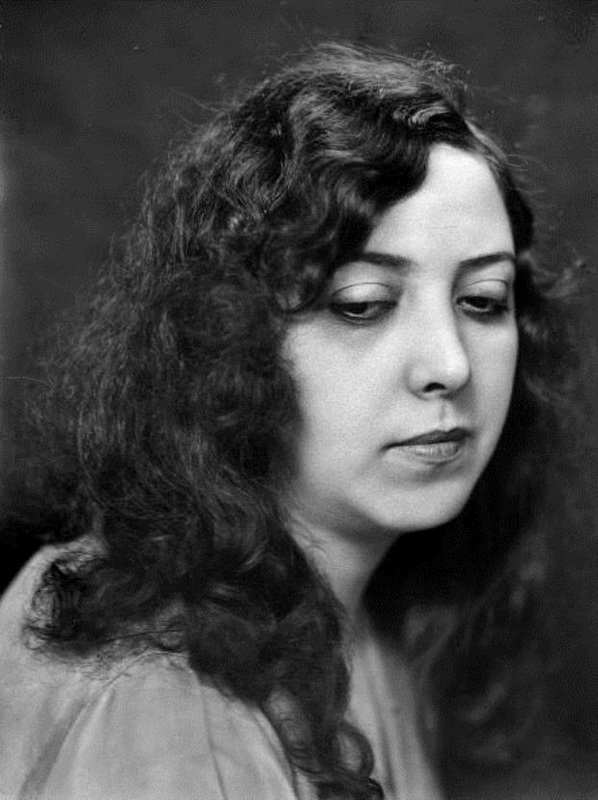
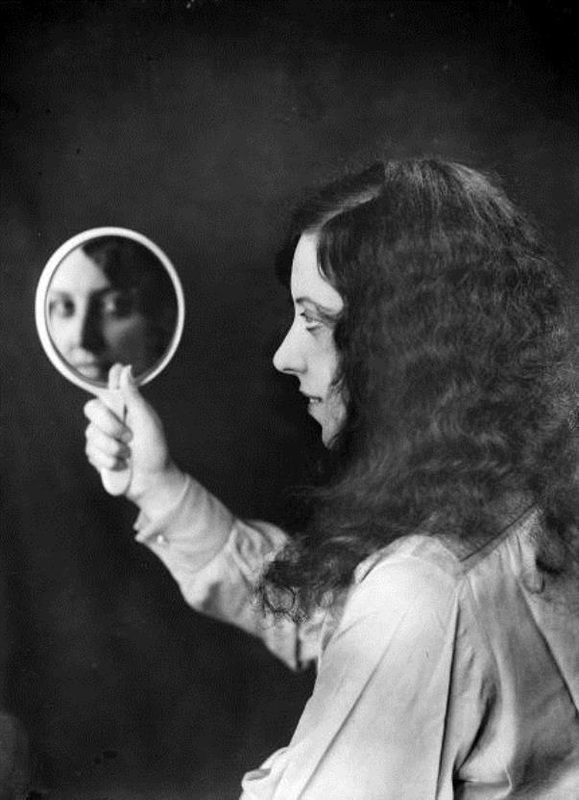
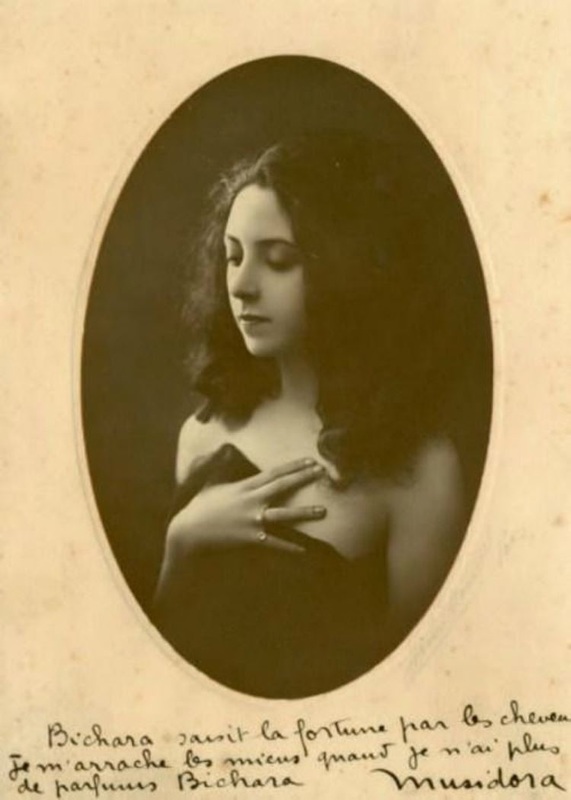
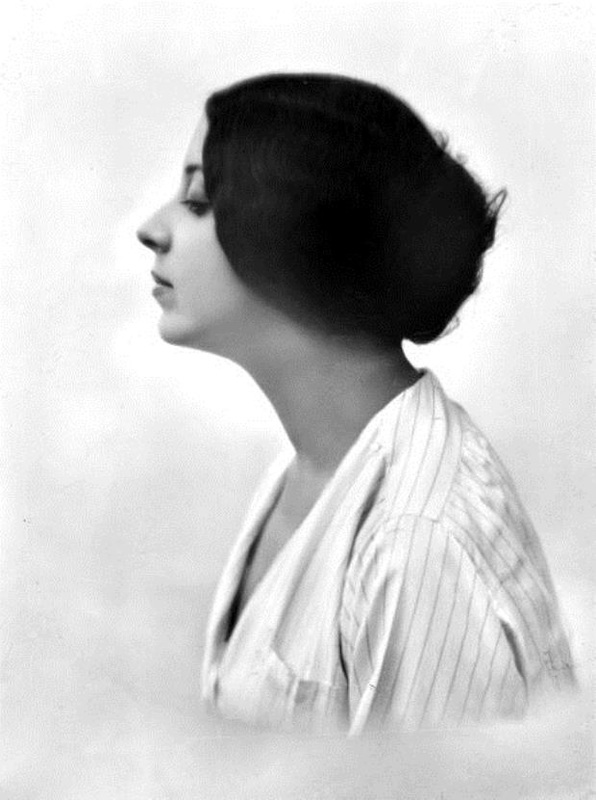
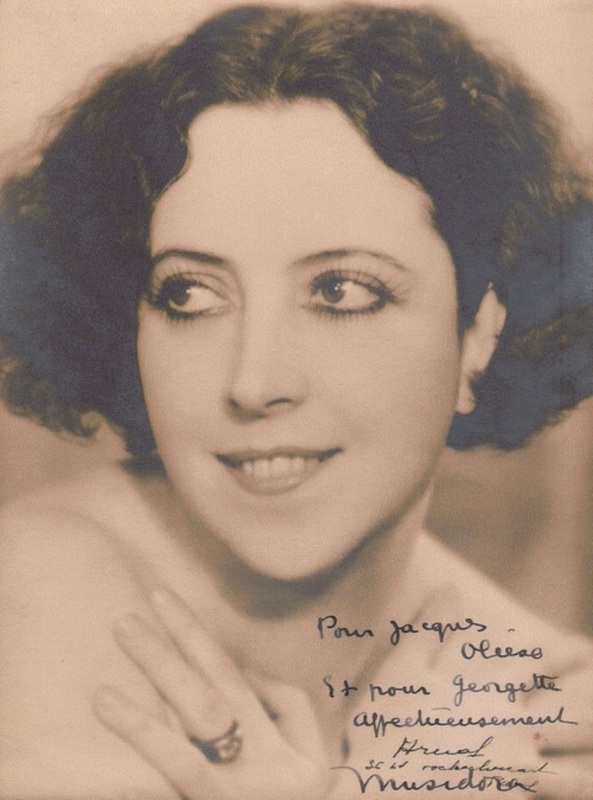

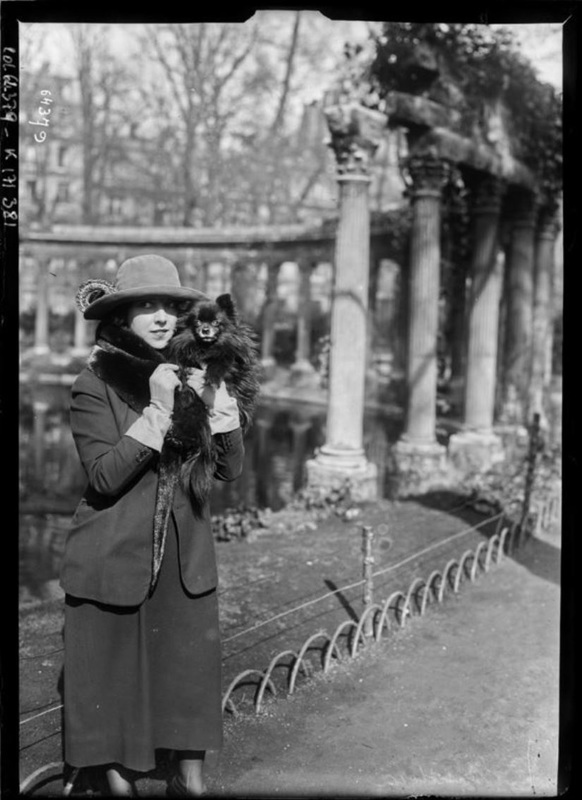
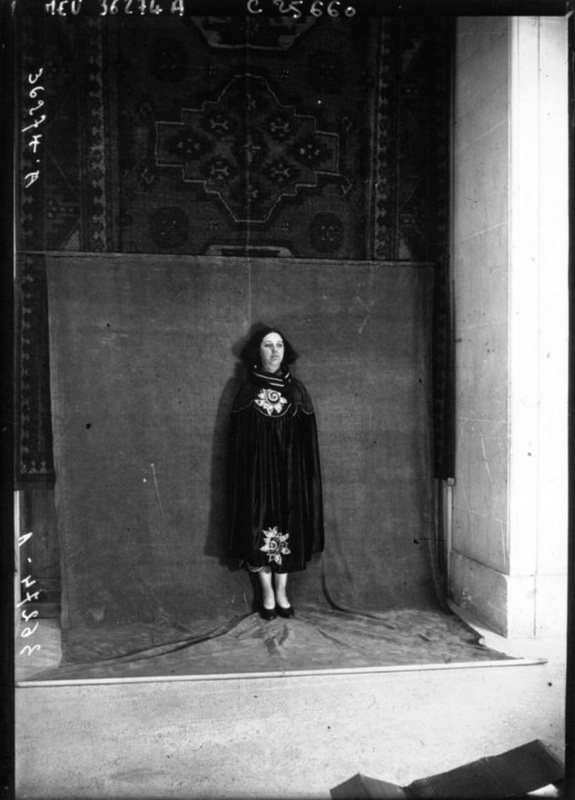
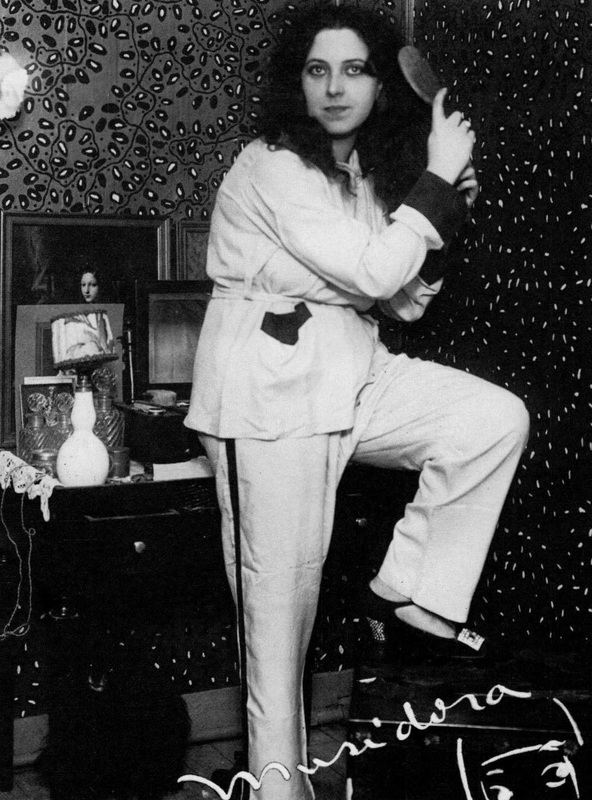
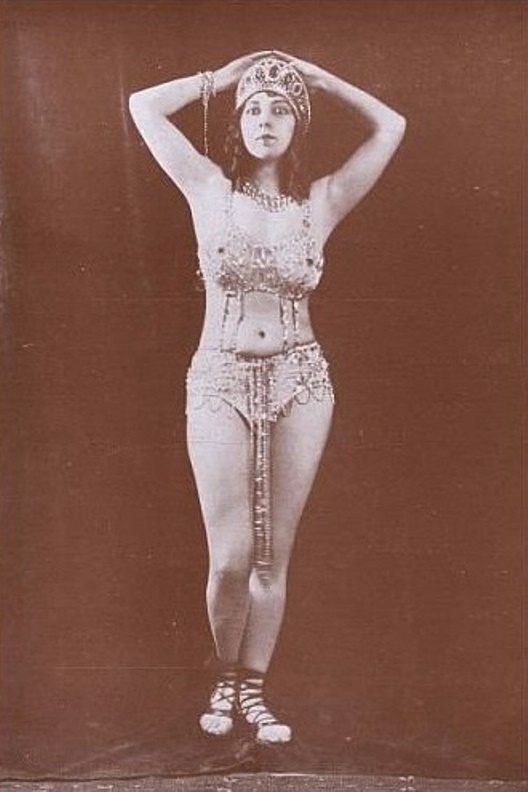
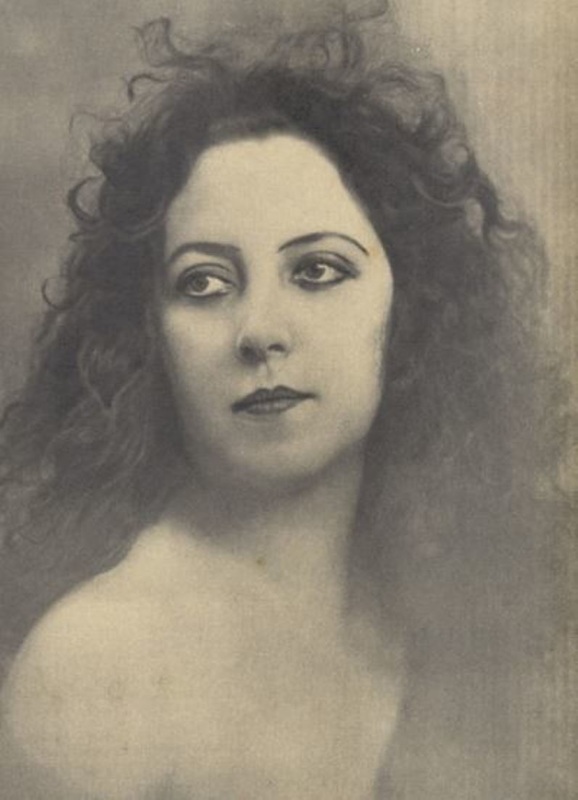
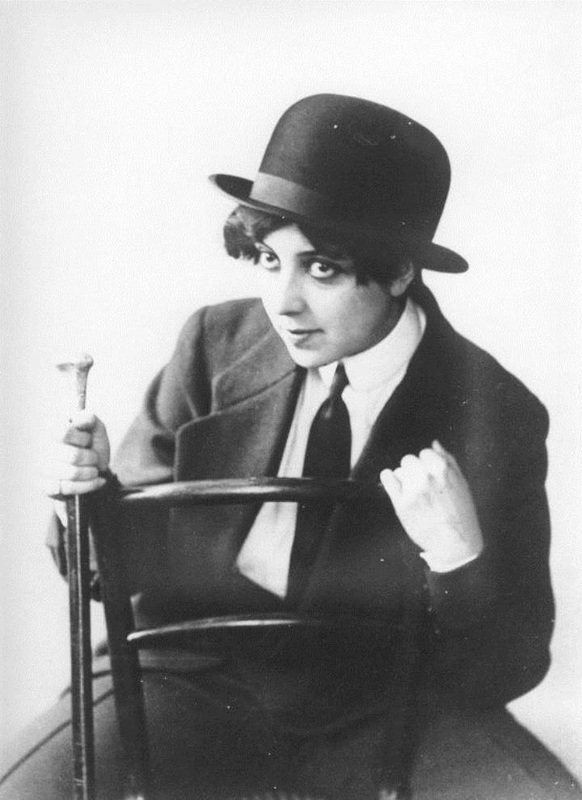
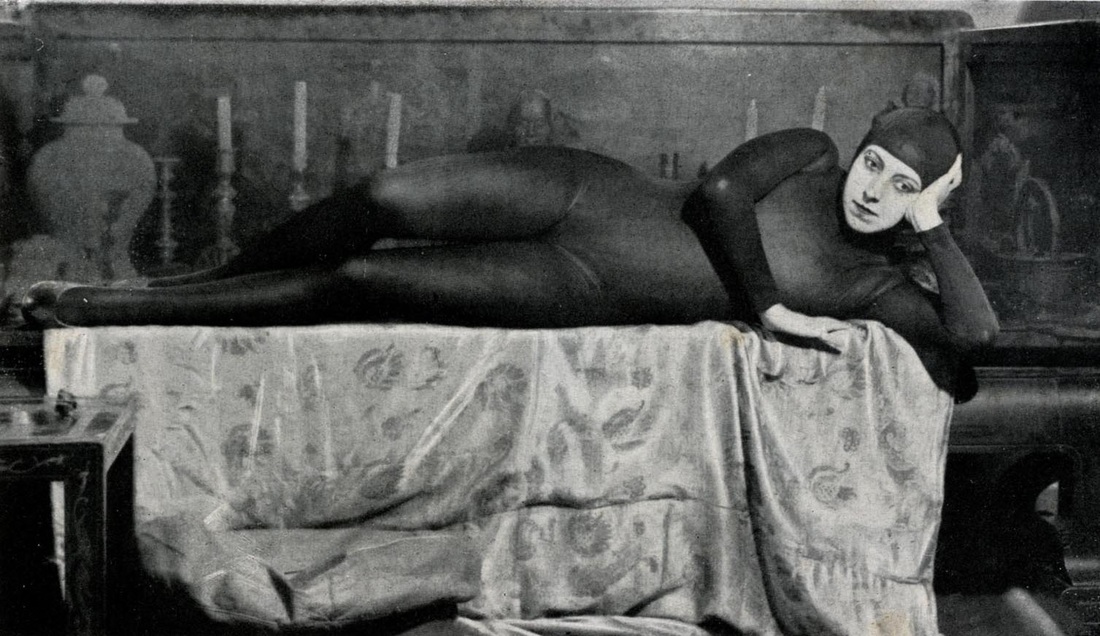
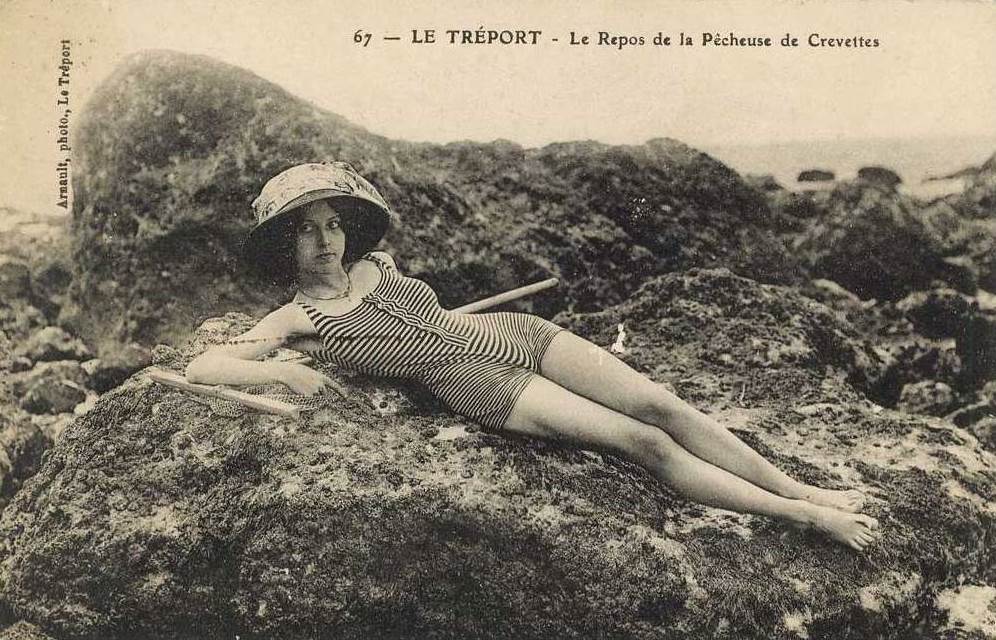

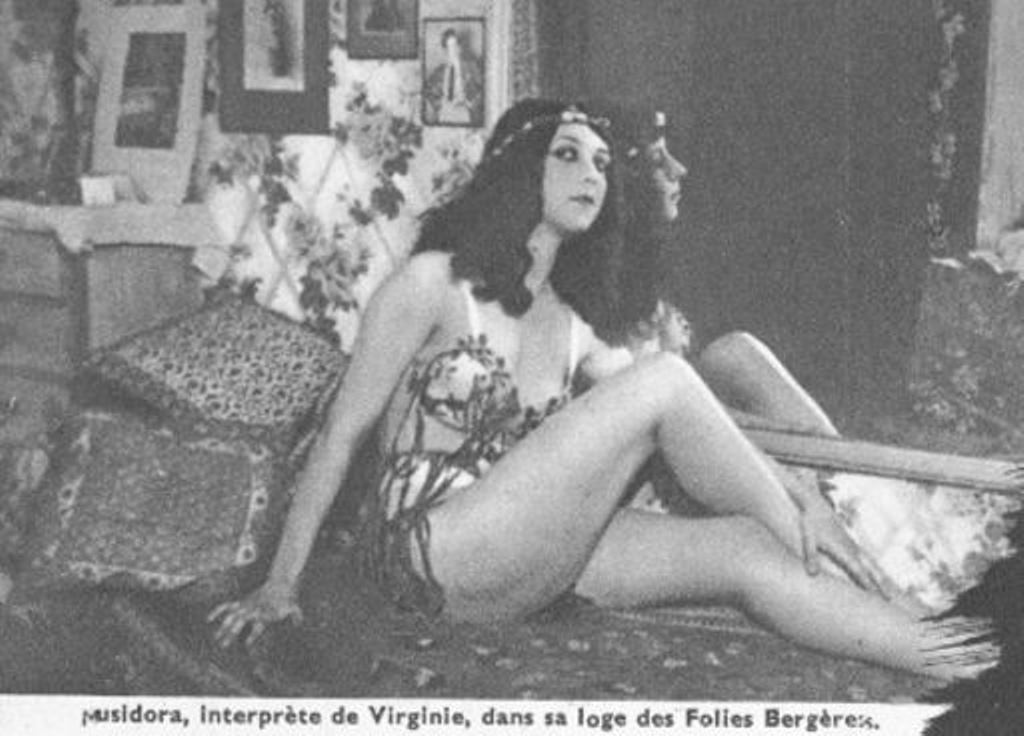
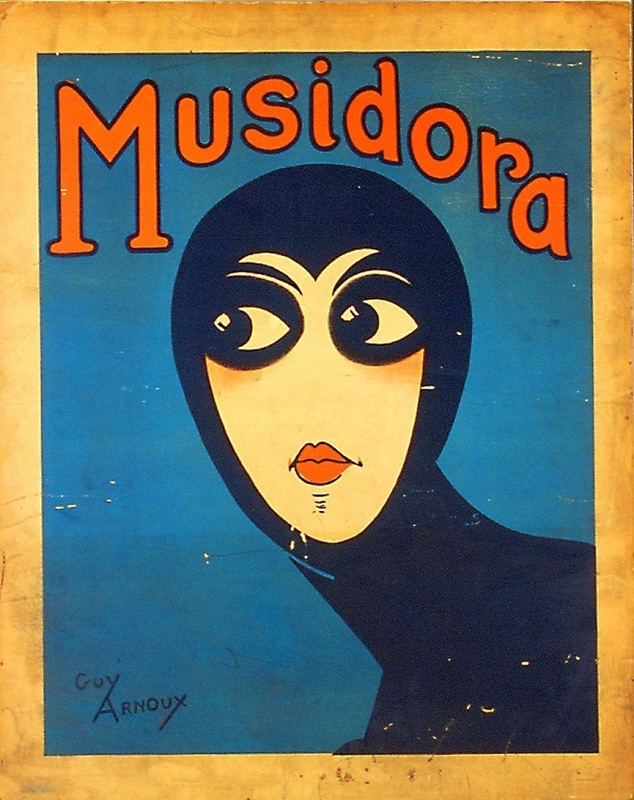
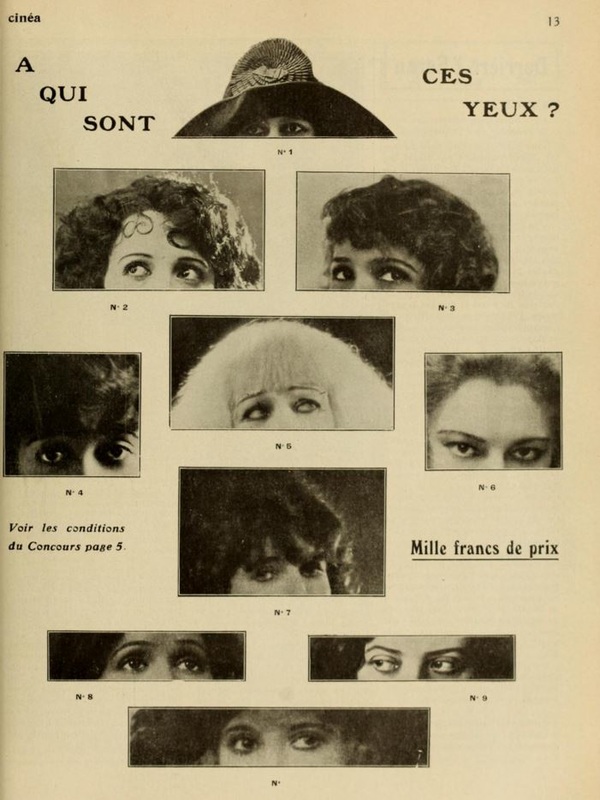
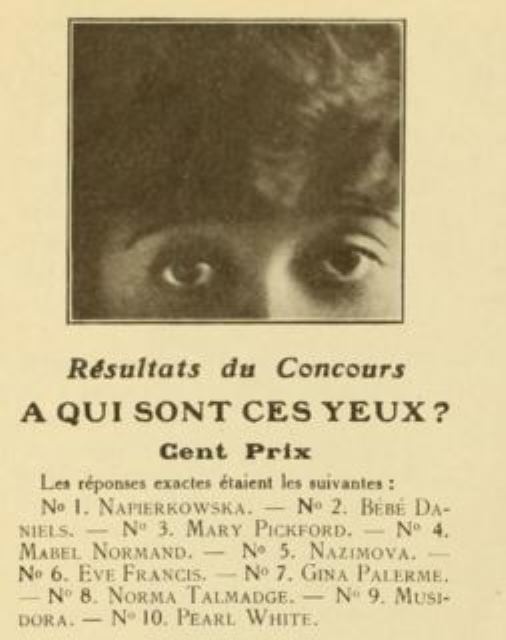
 RSS Feed
RSS Feed